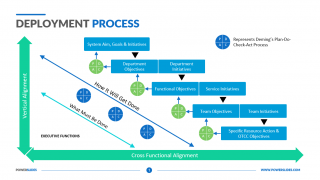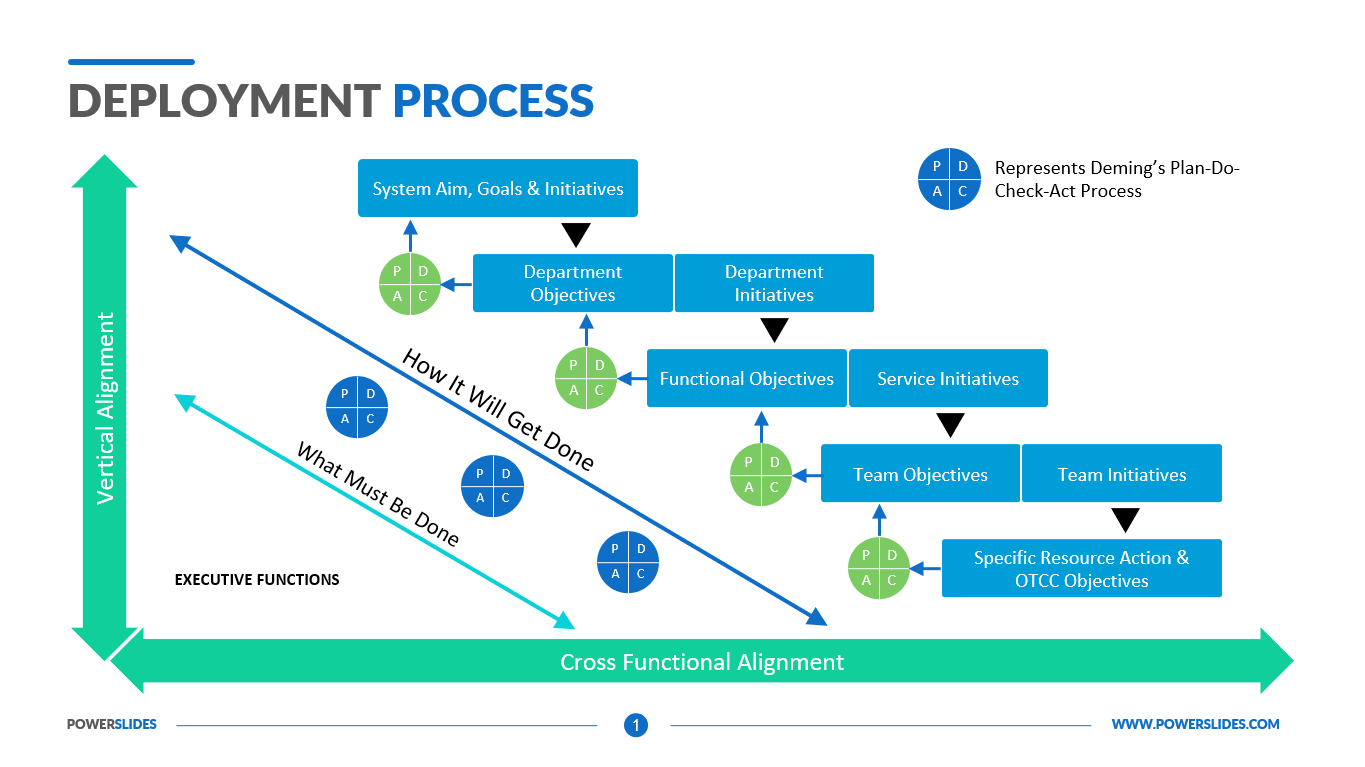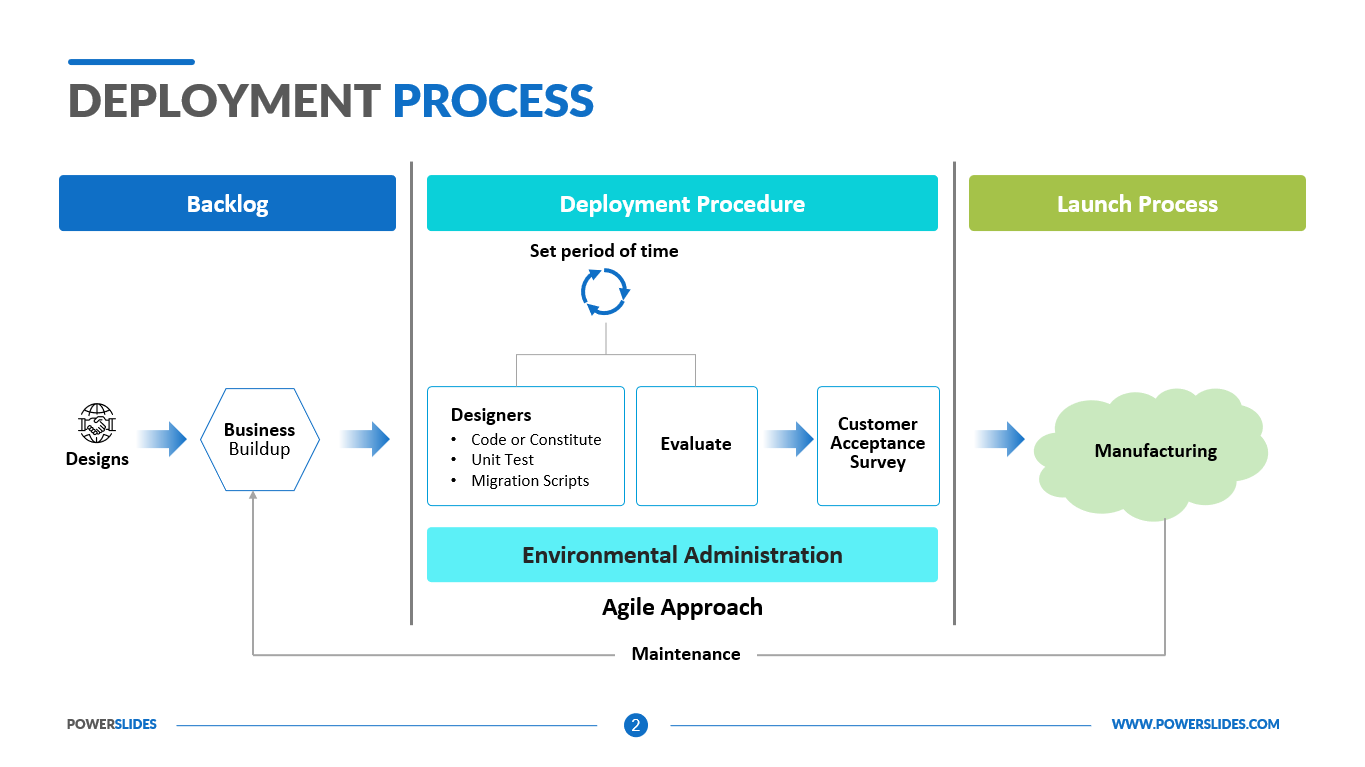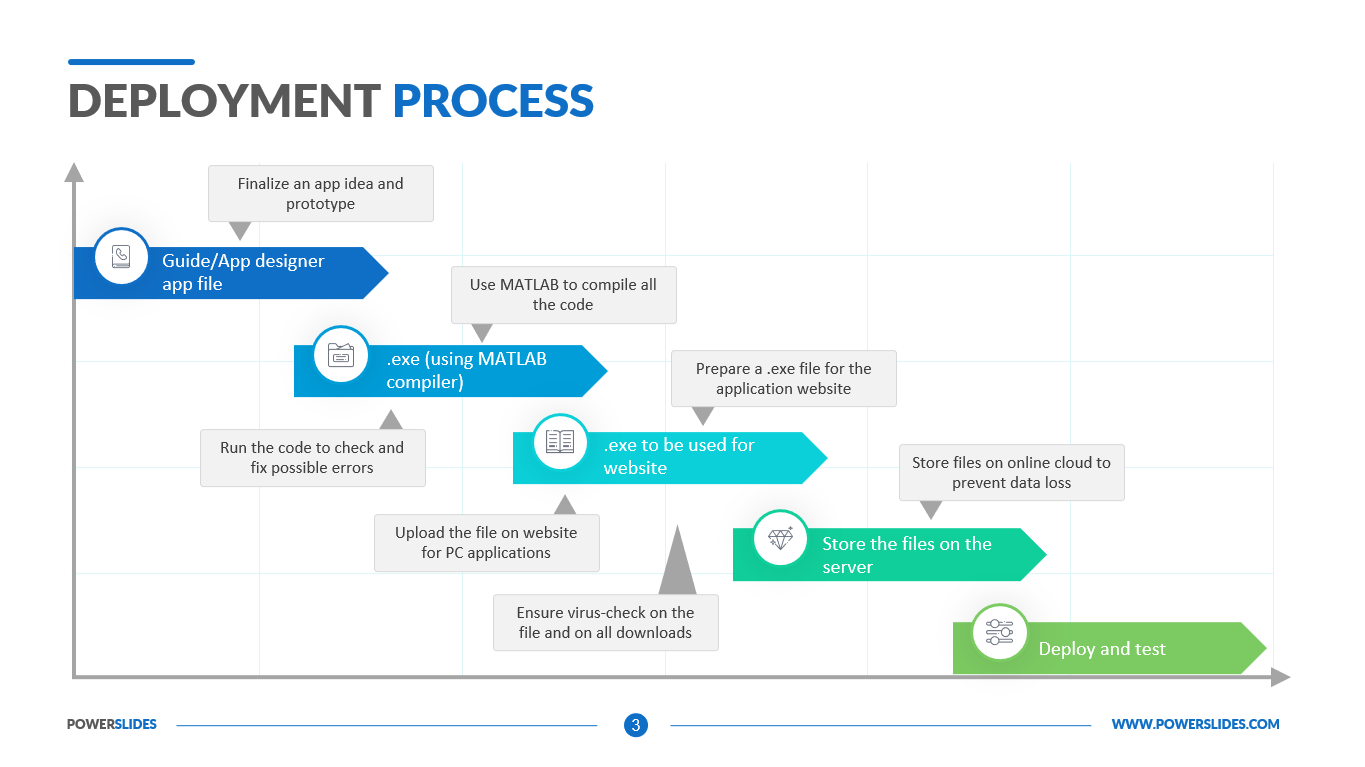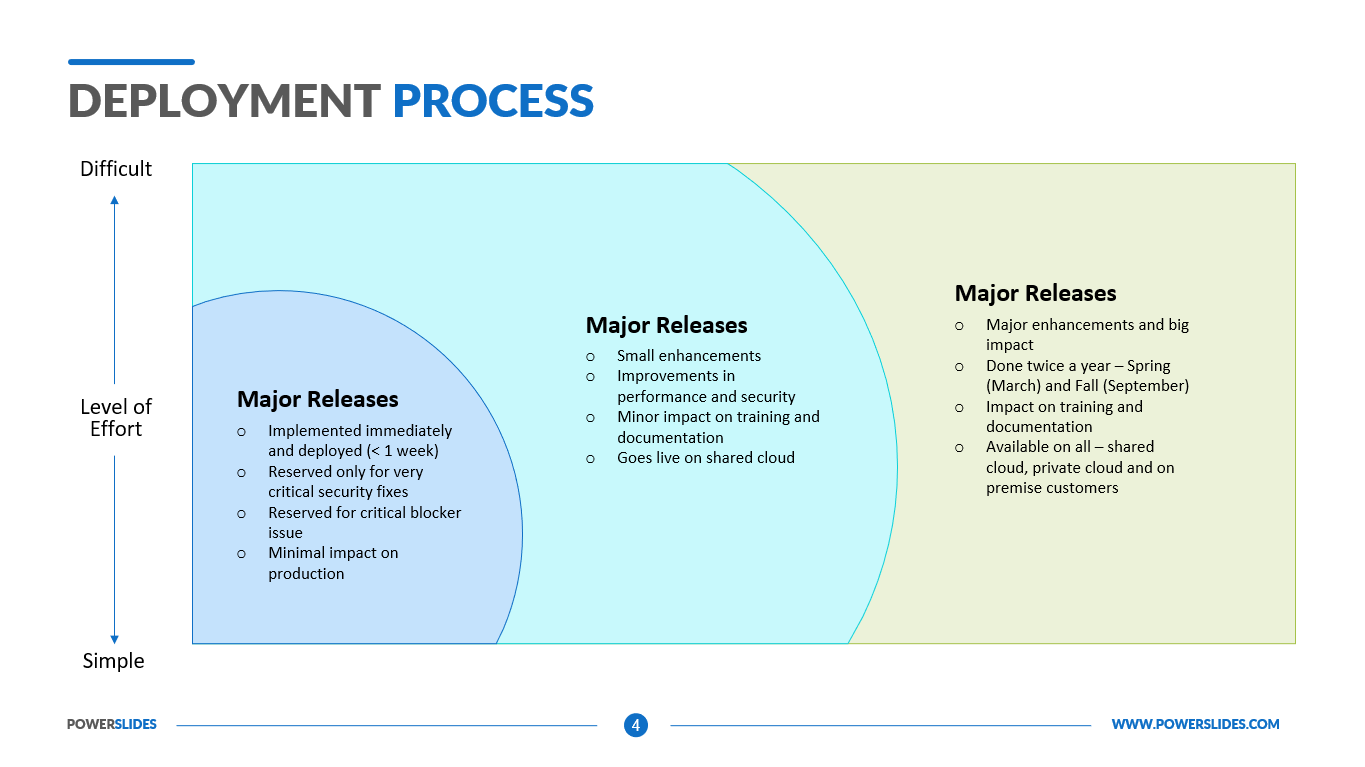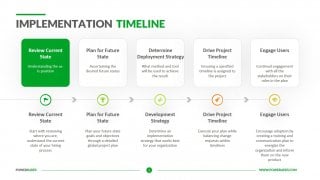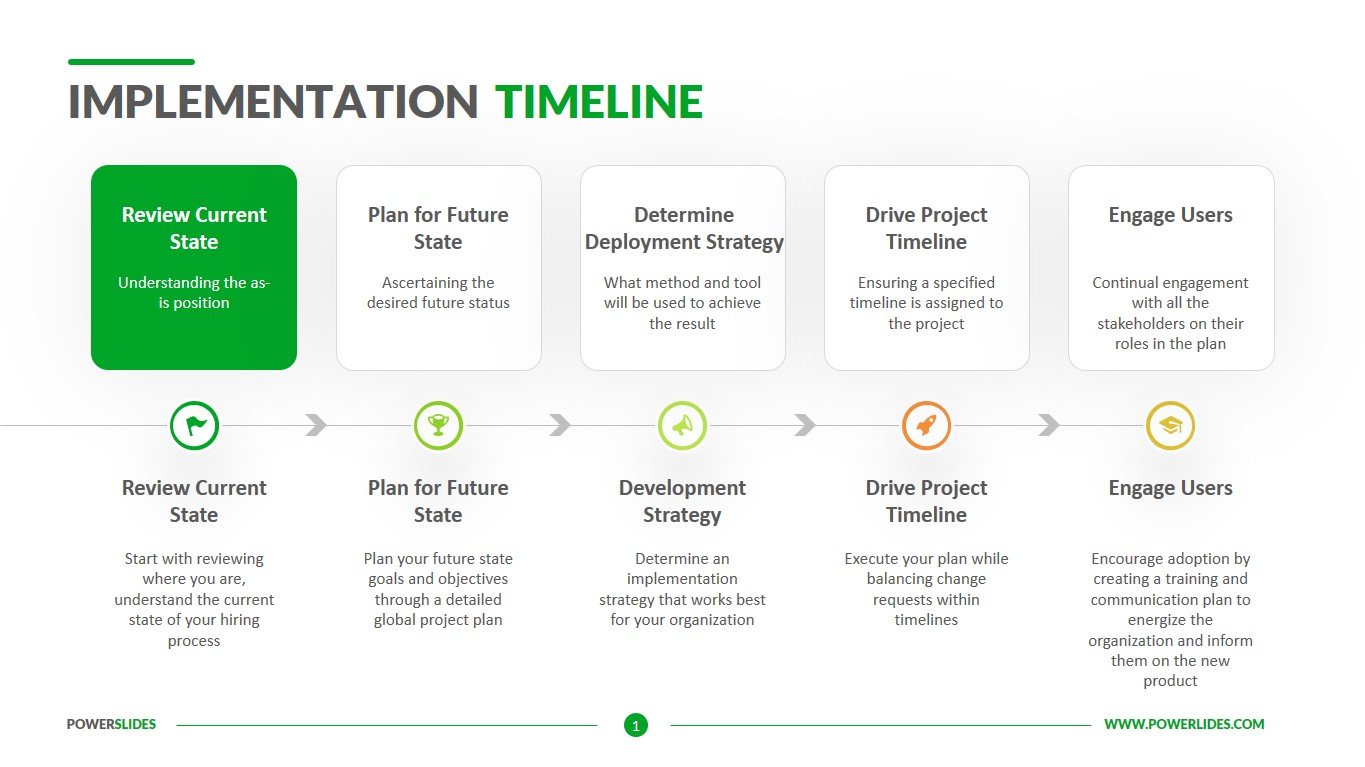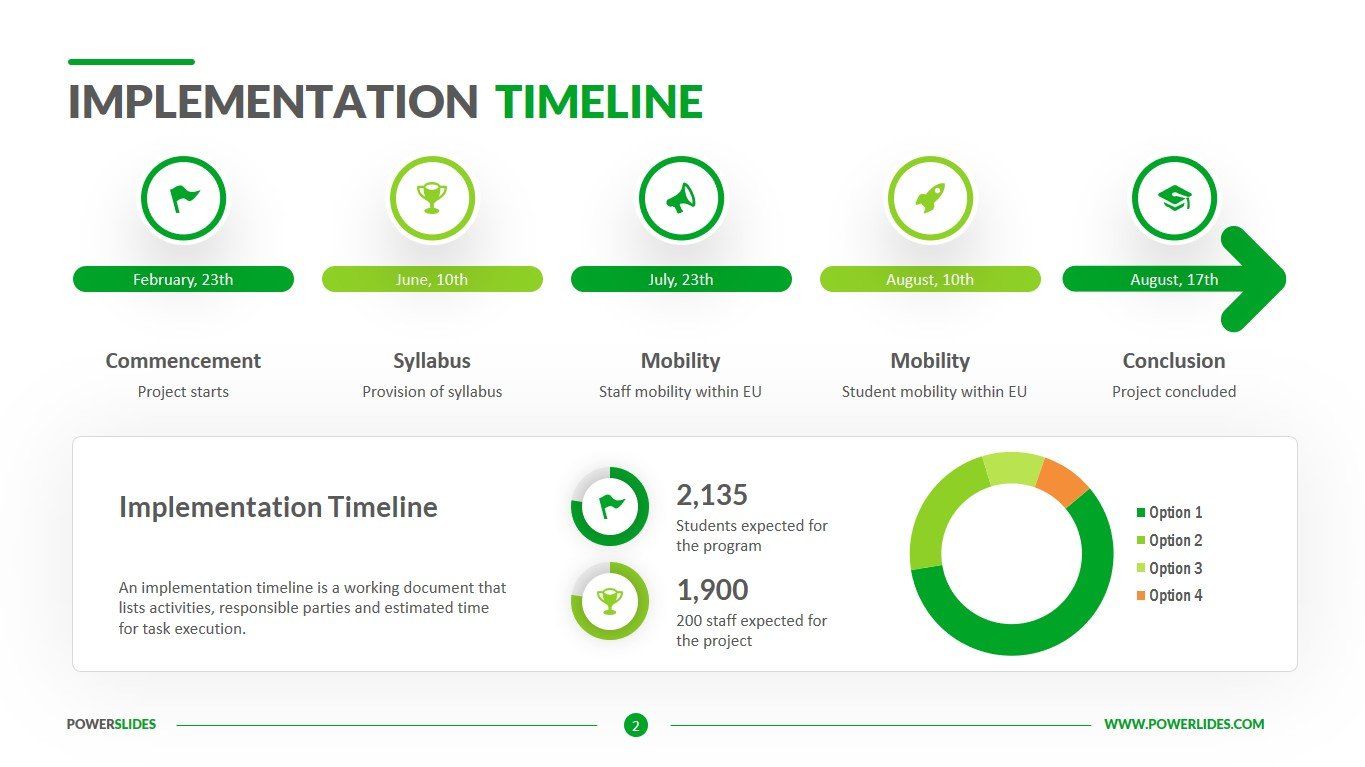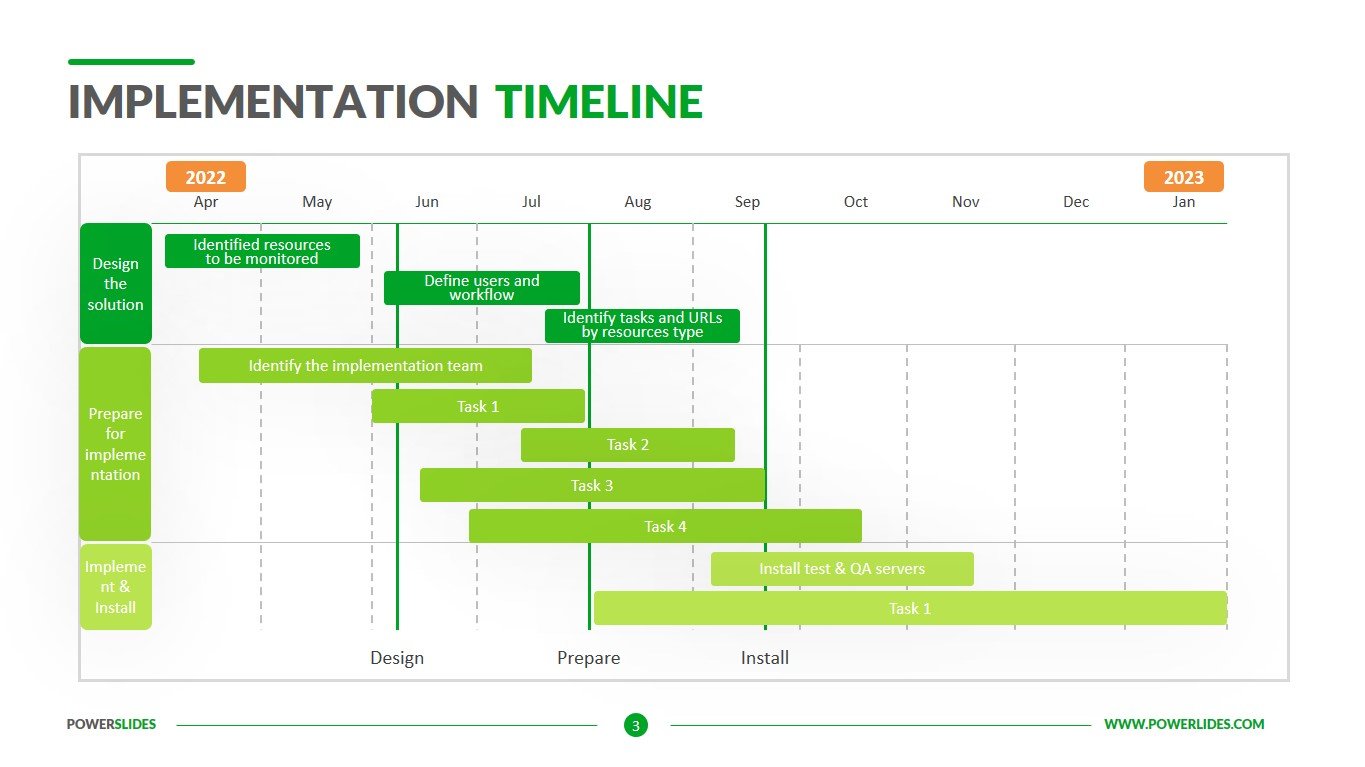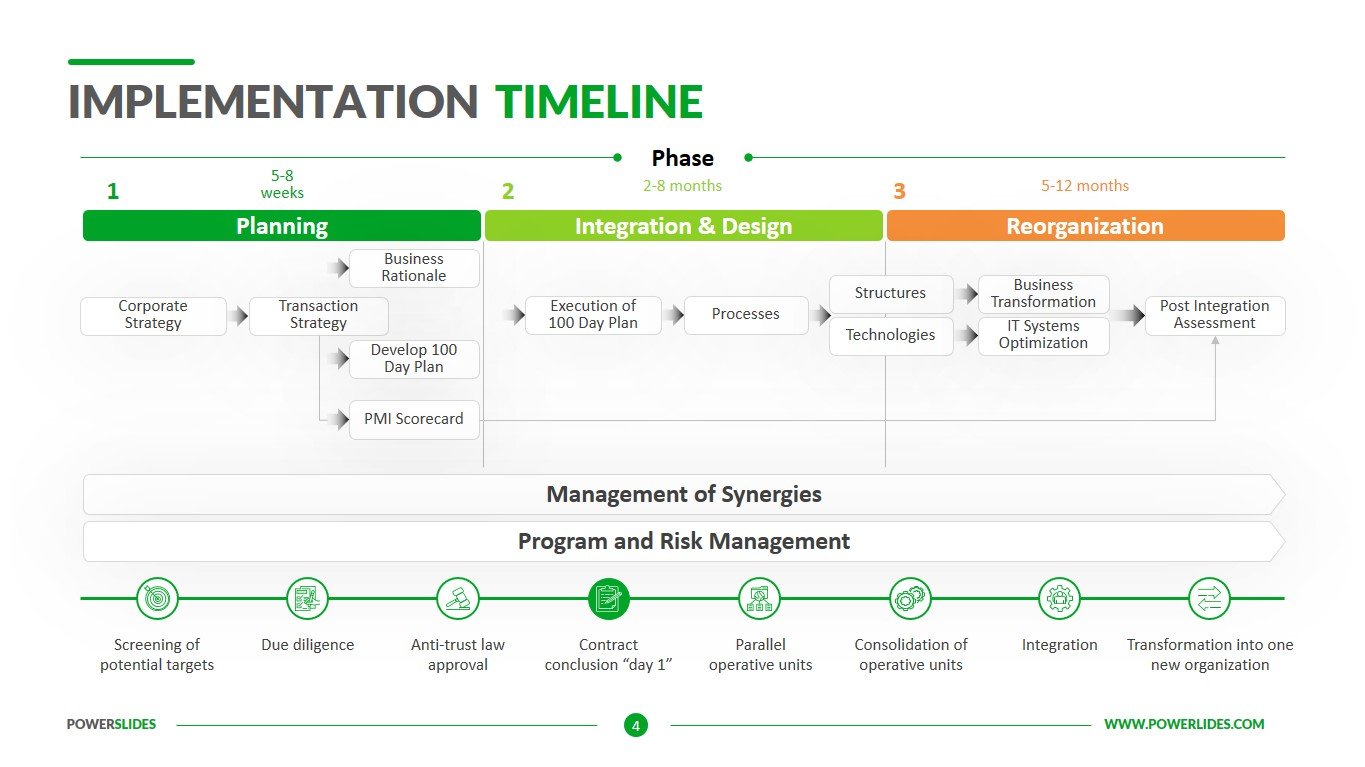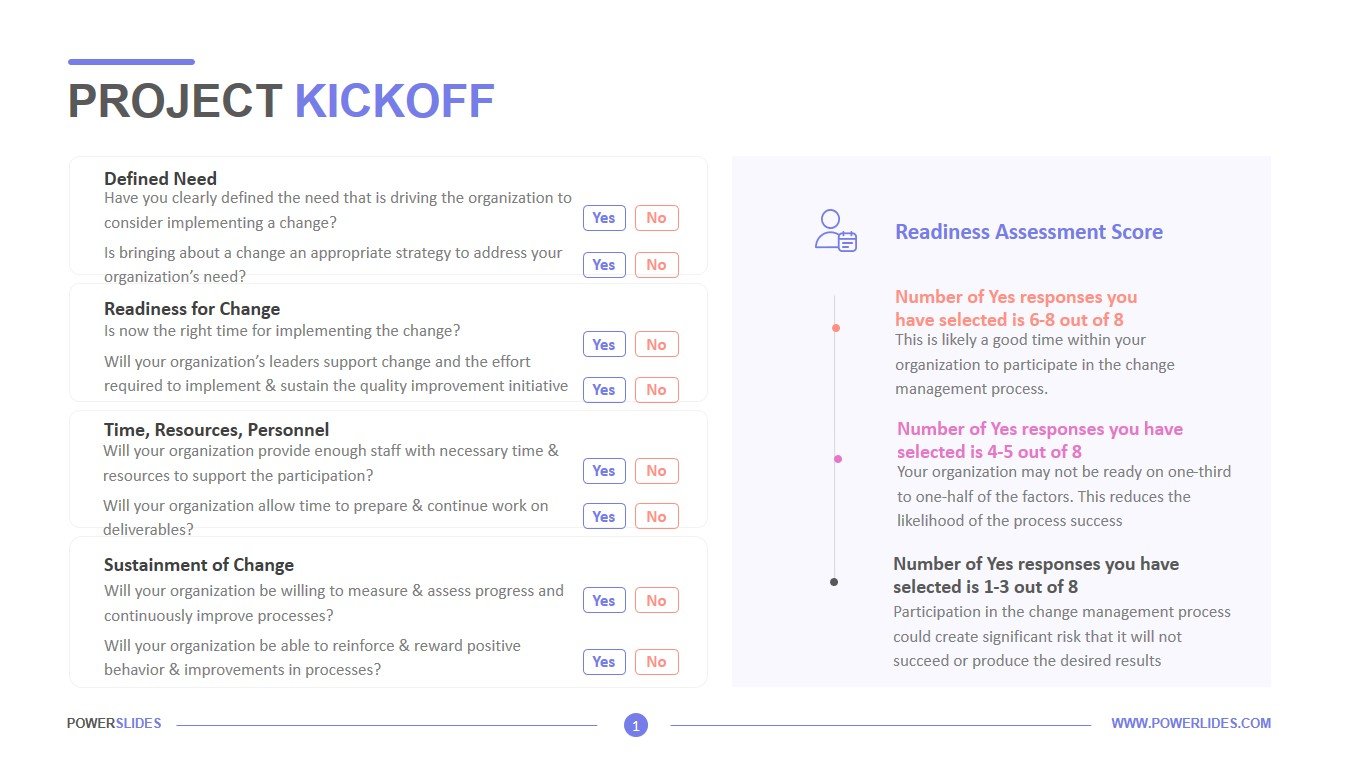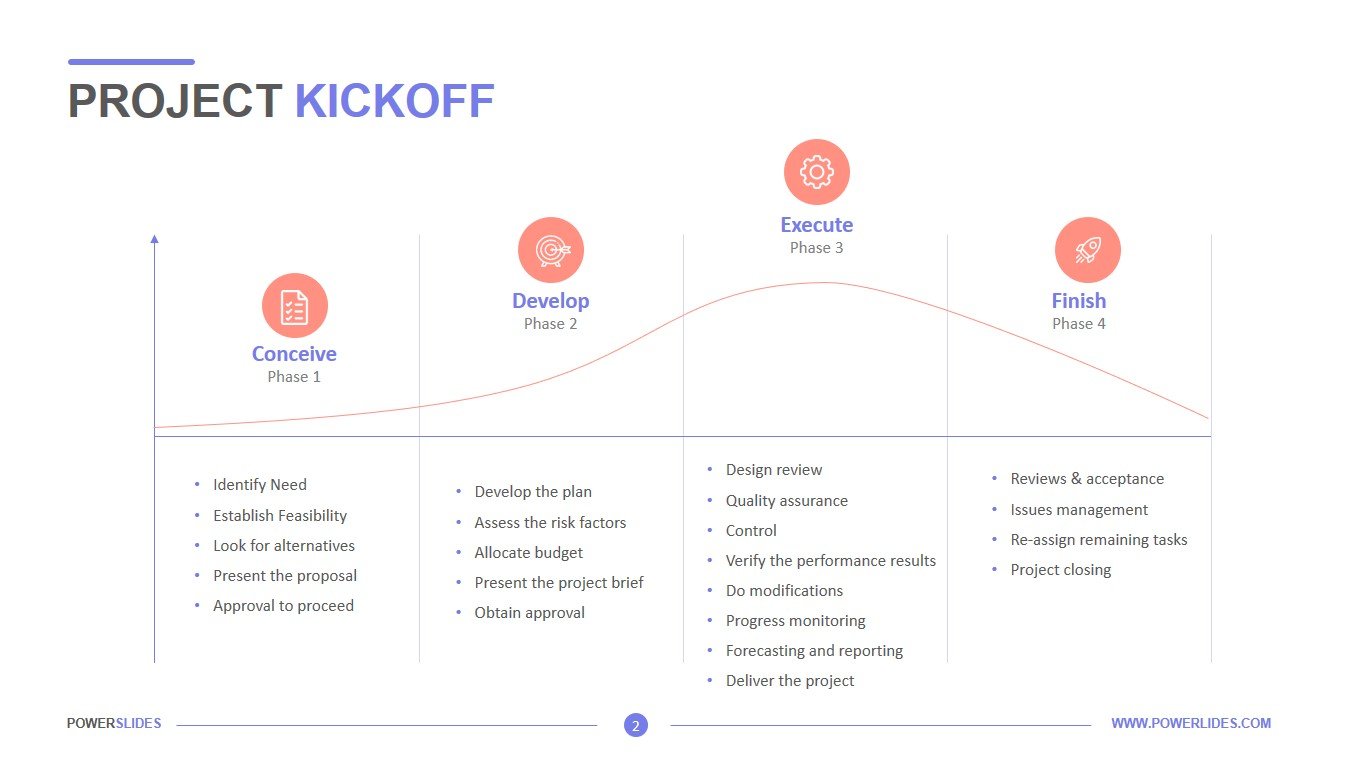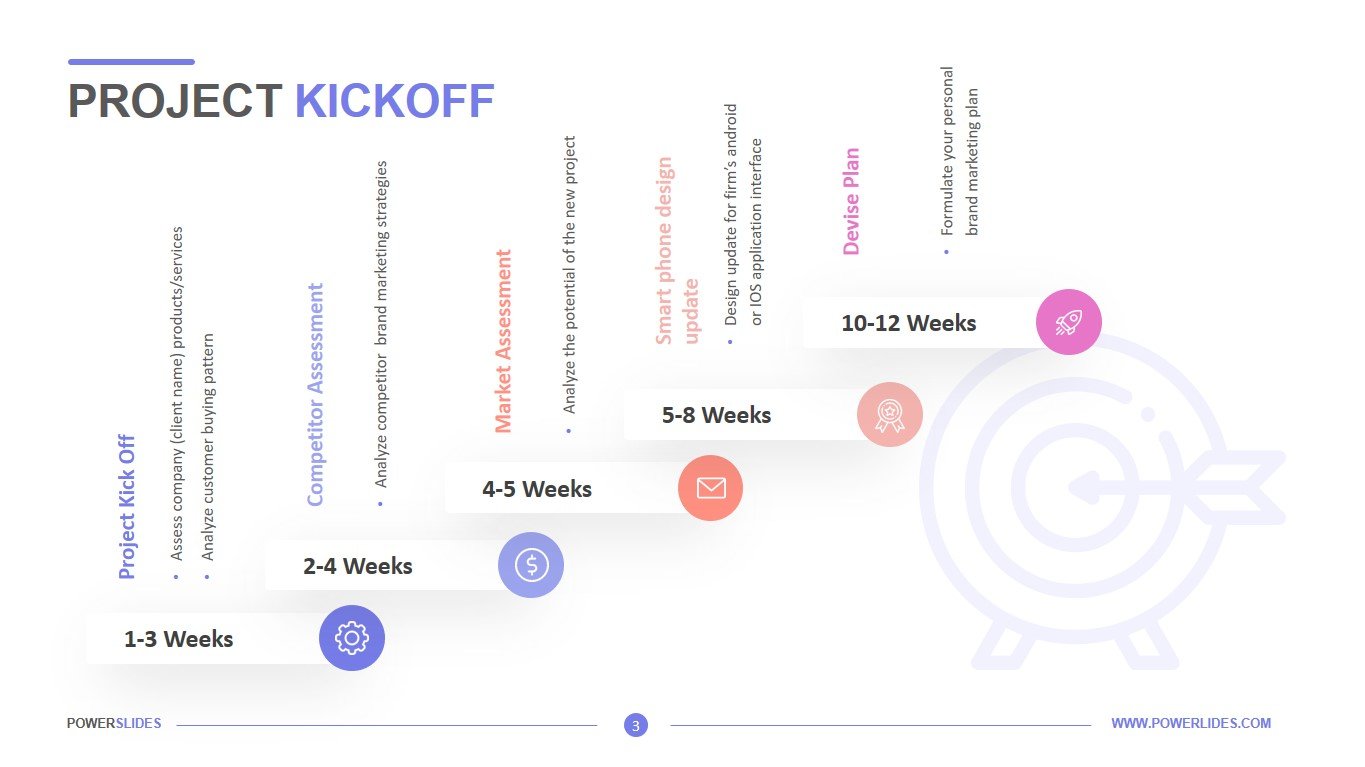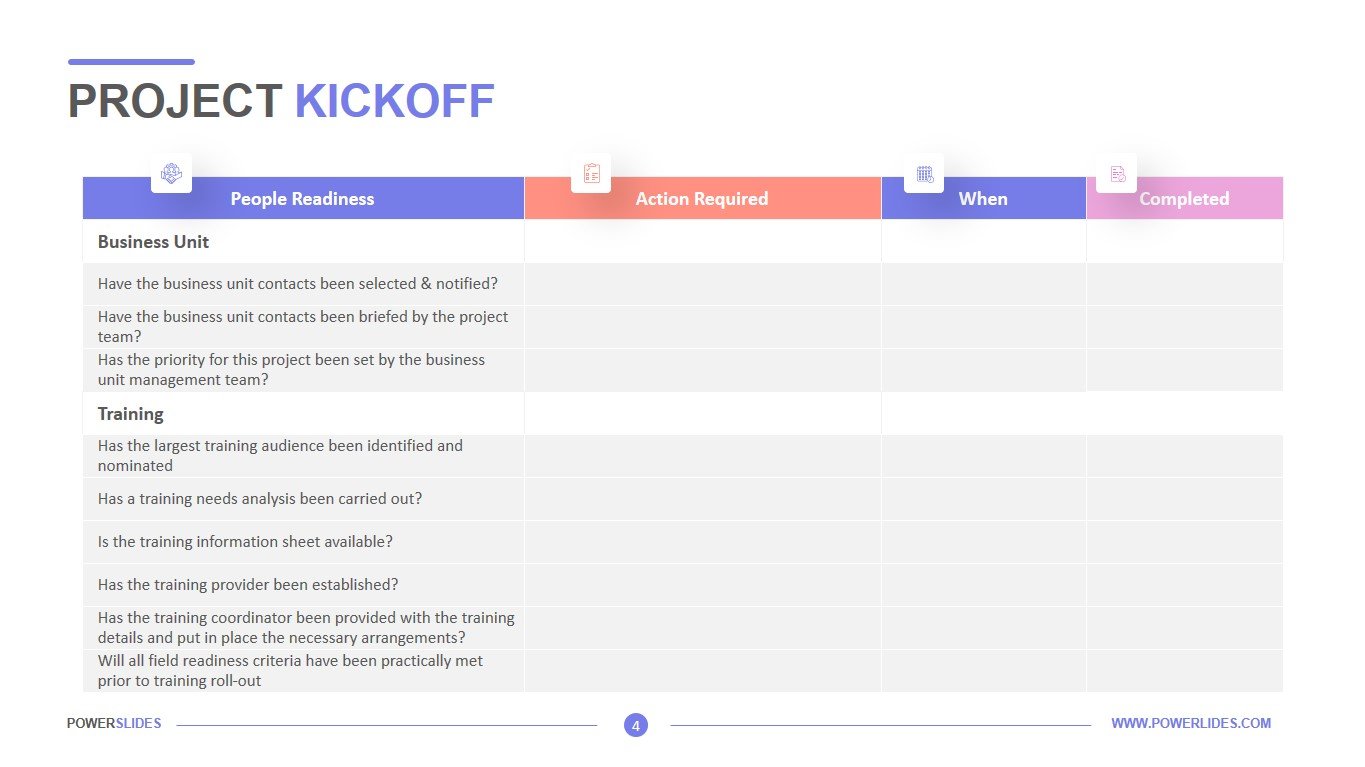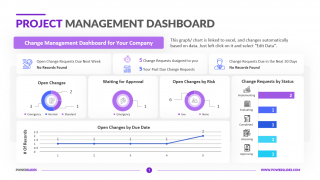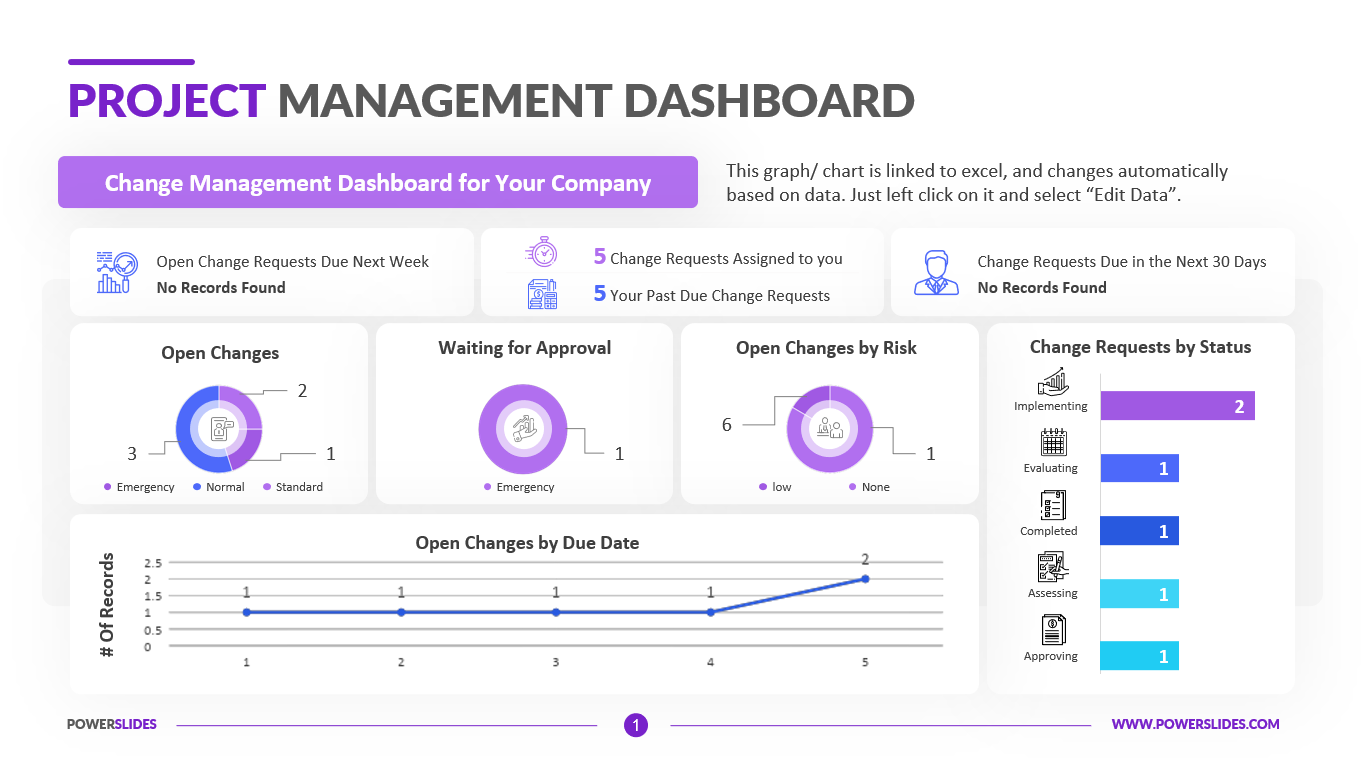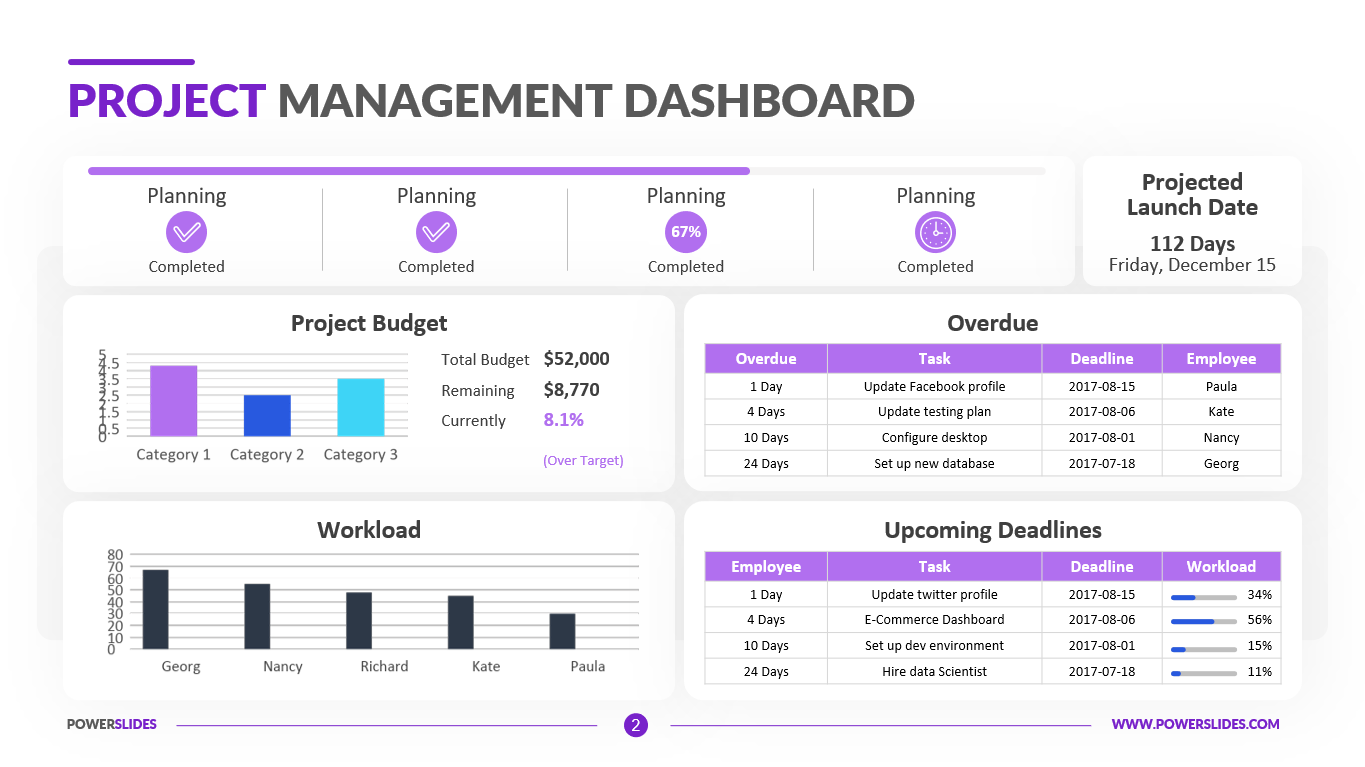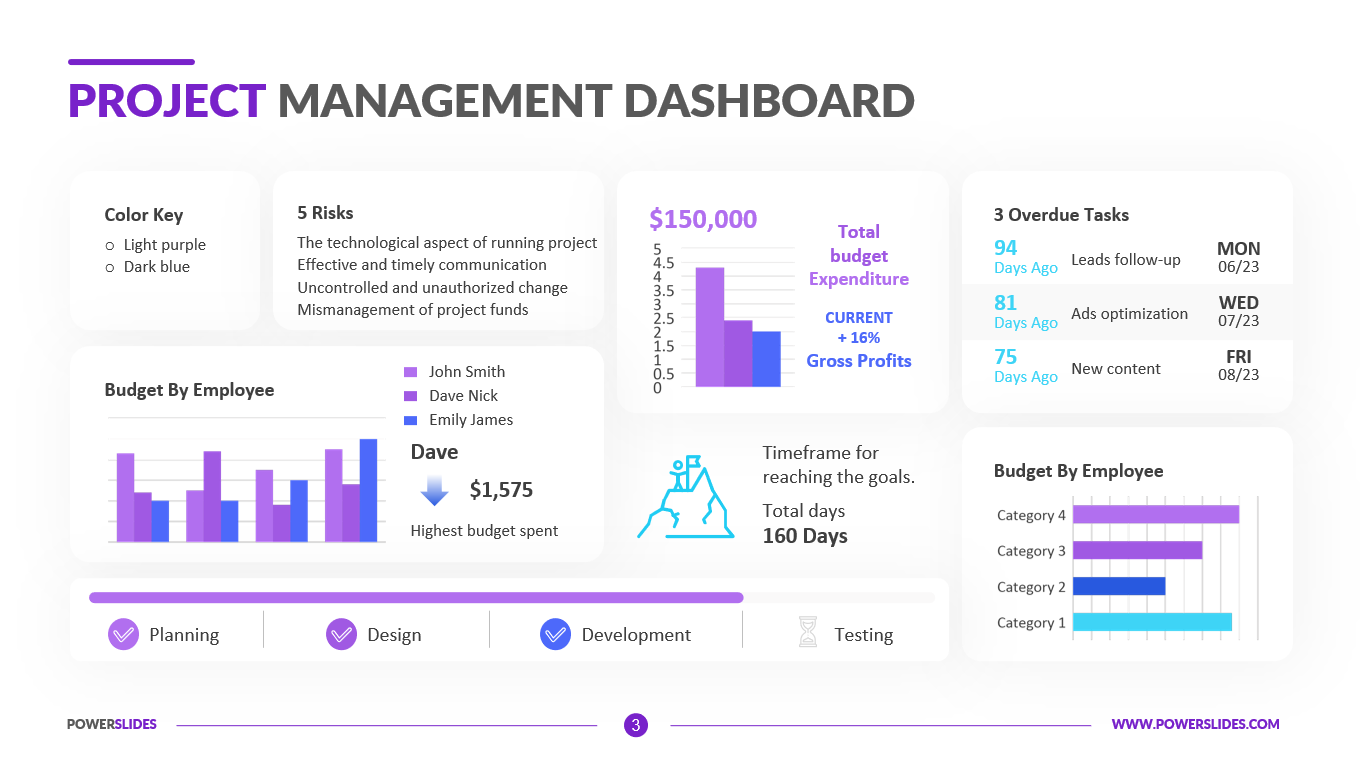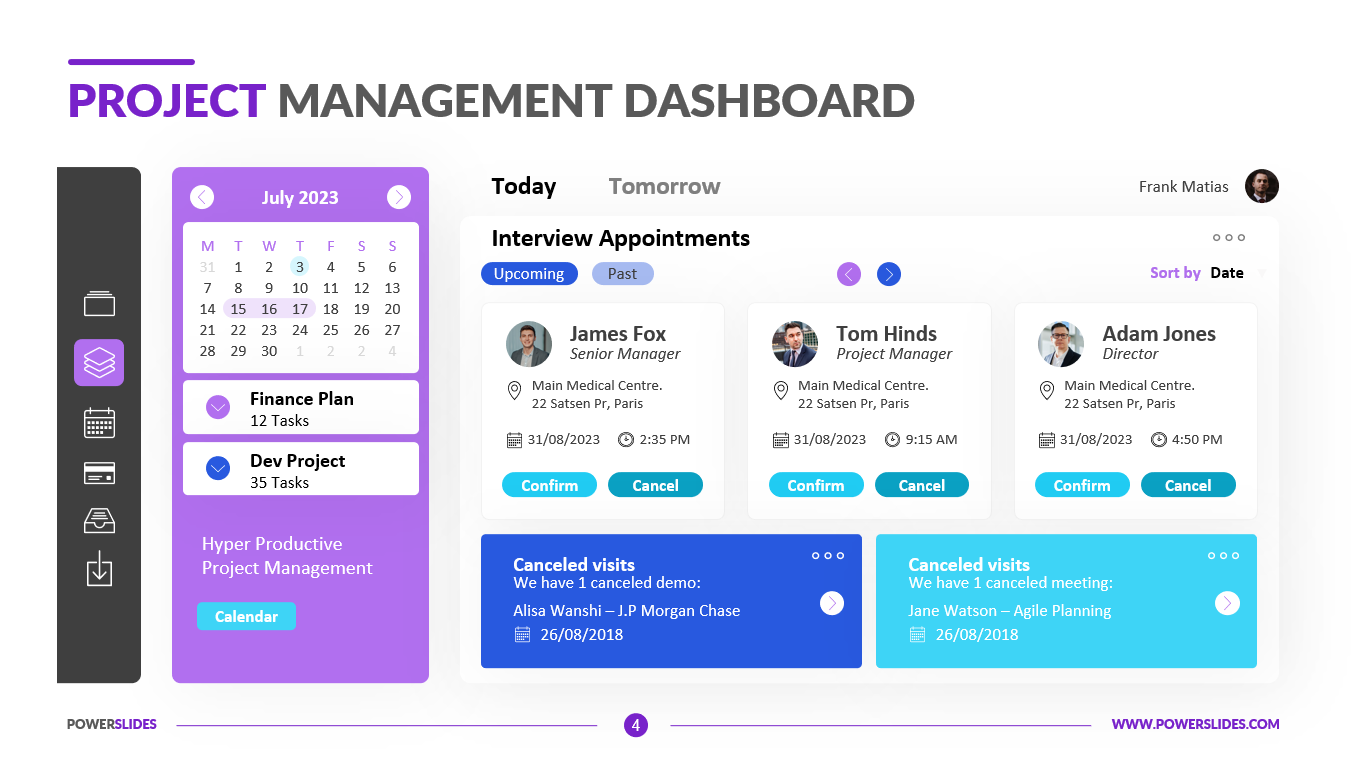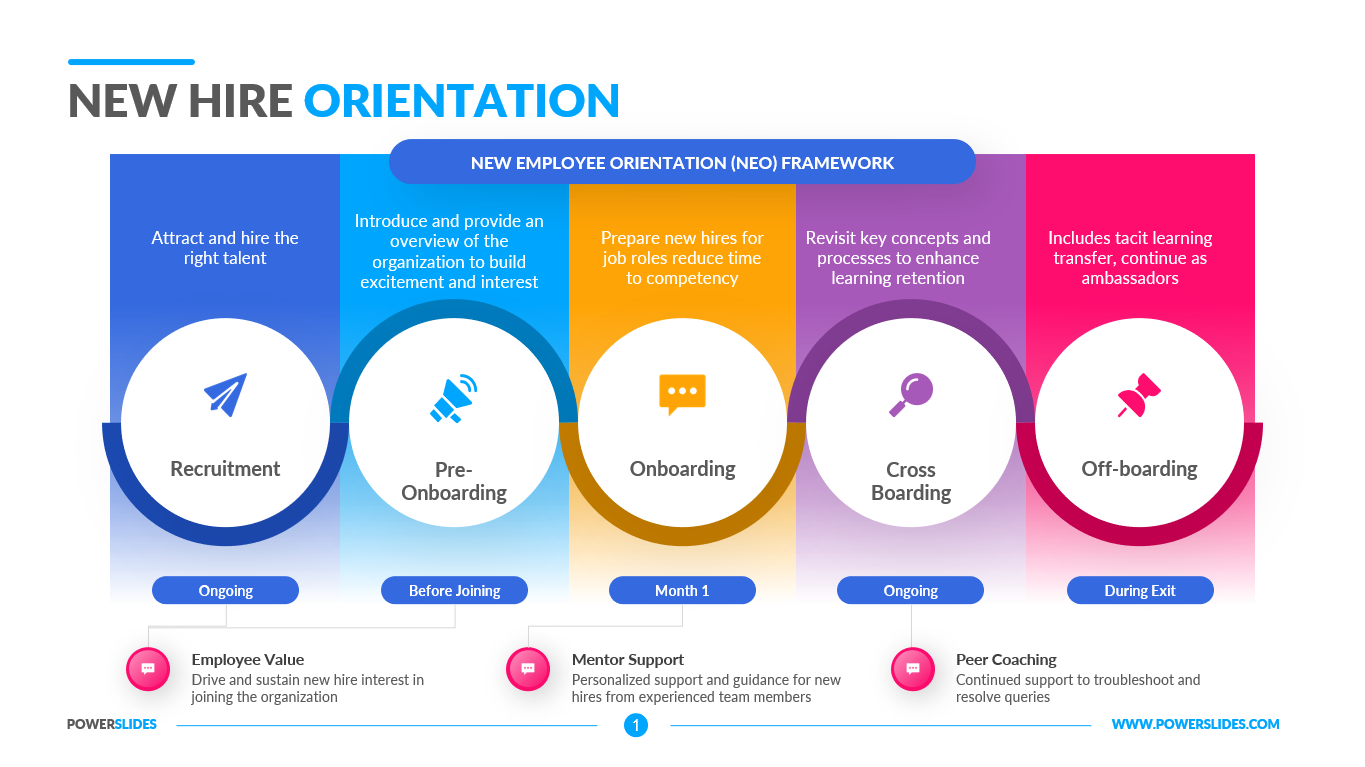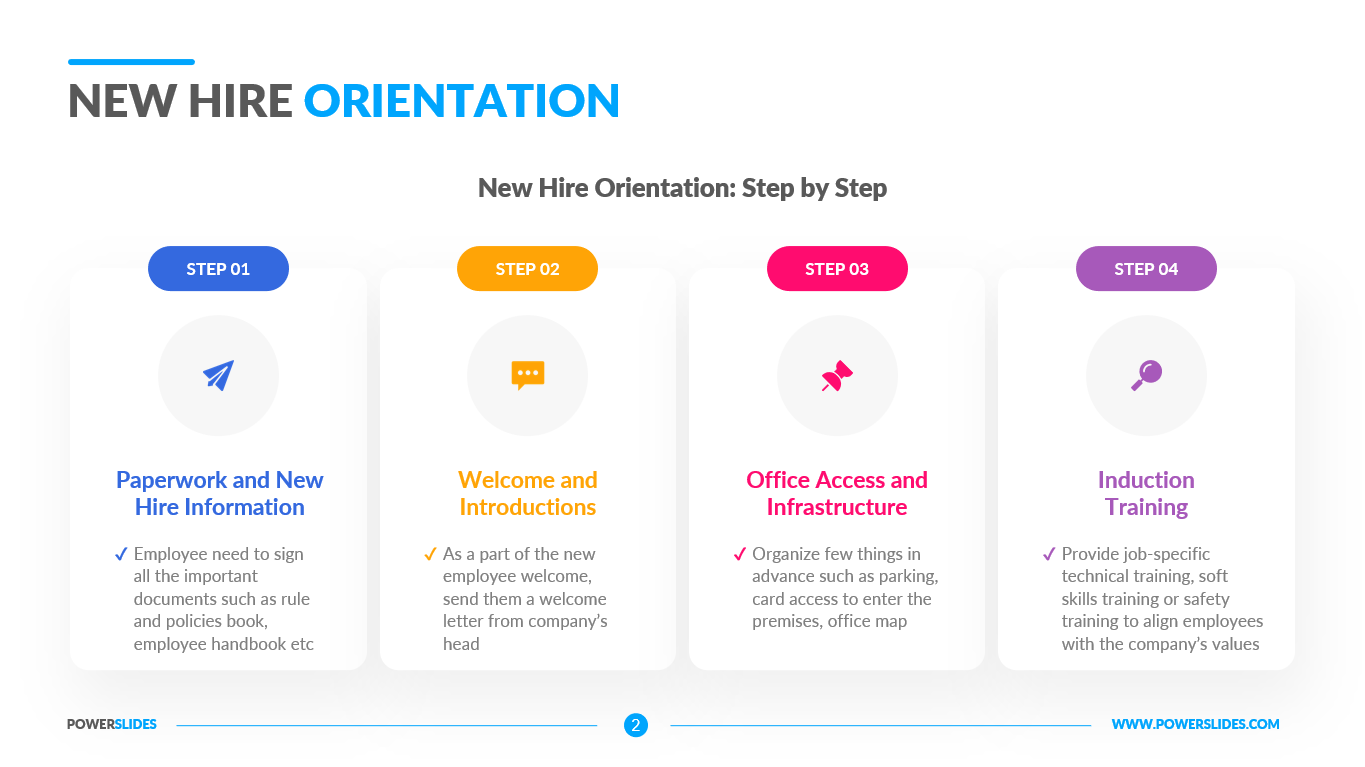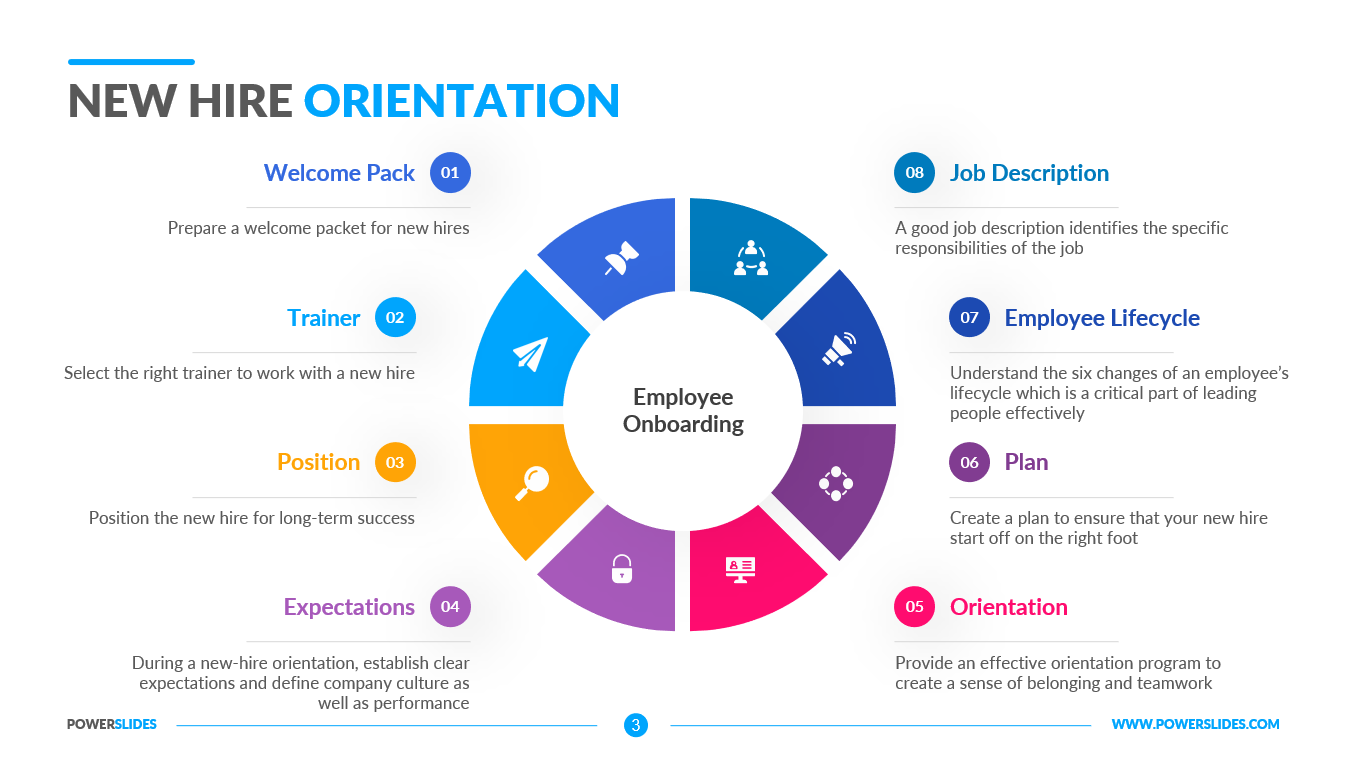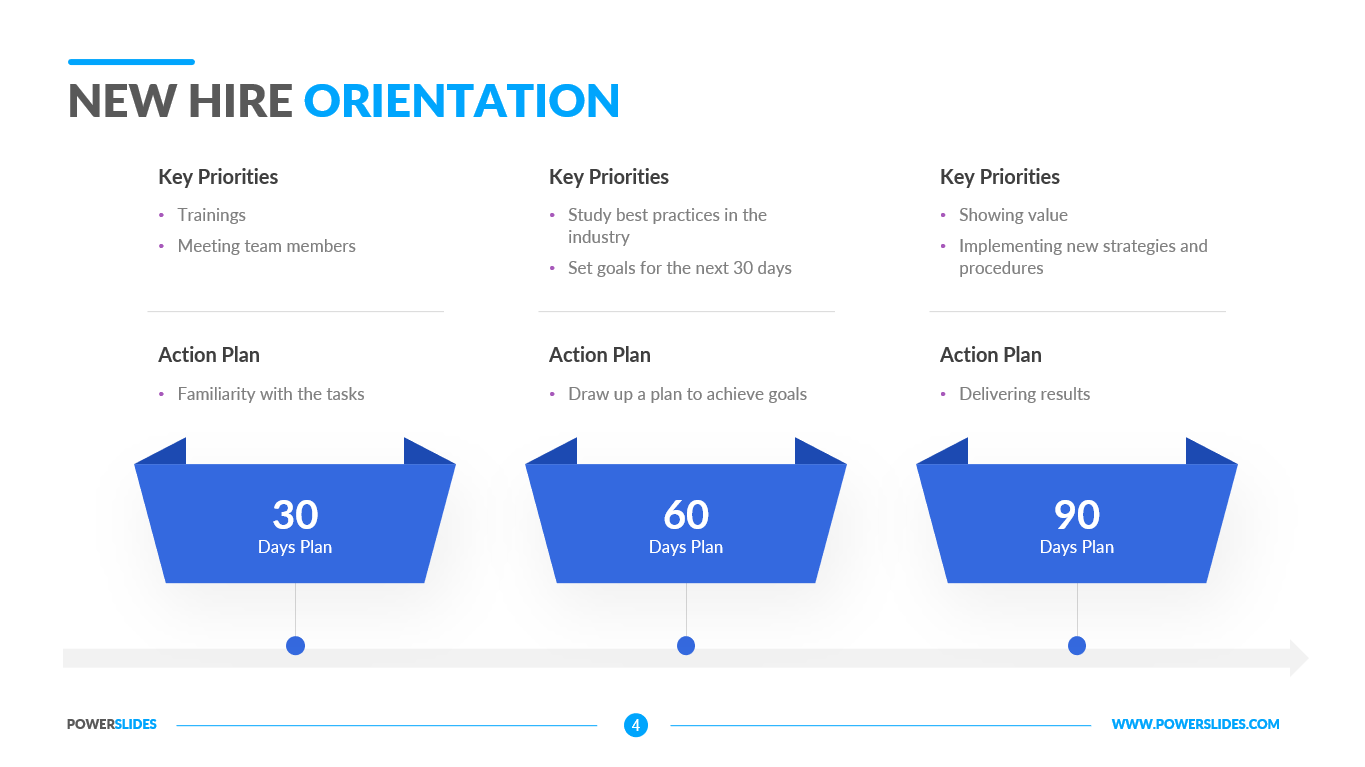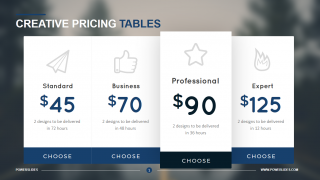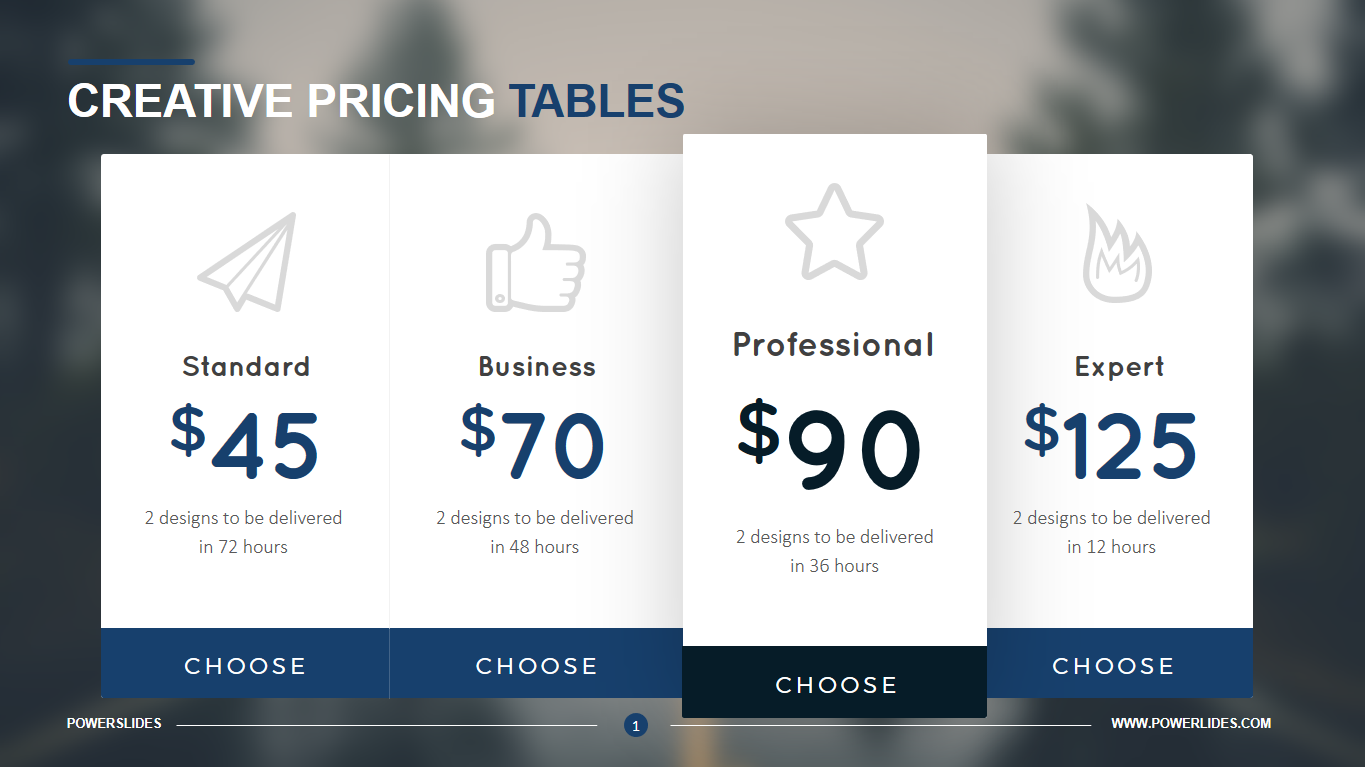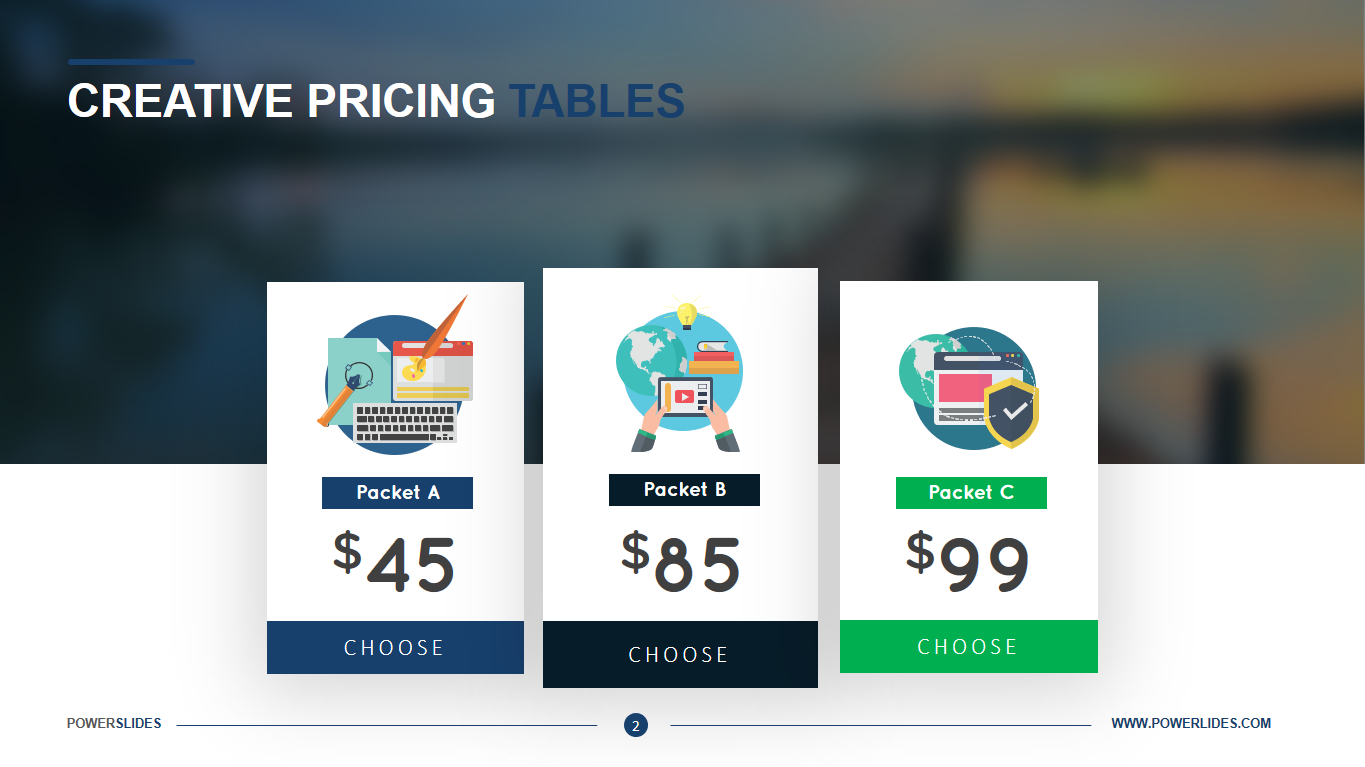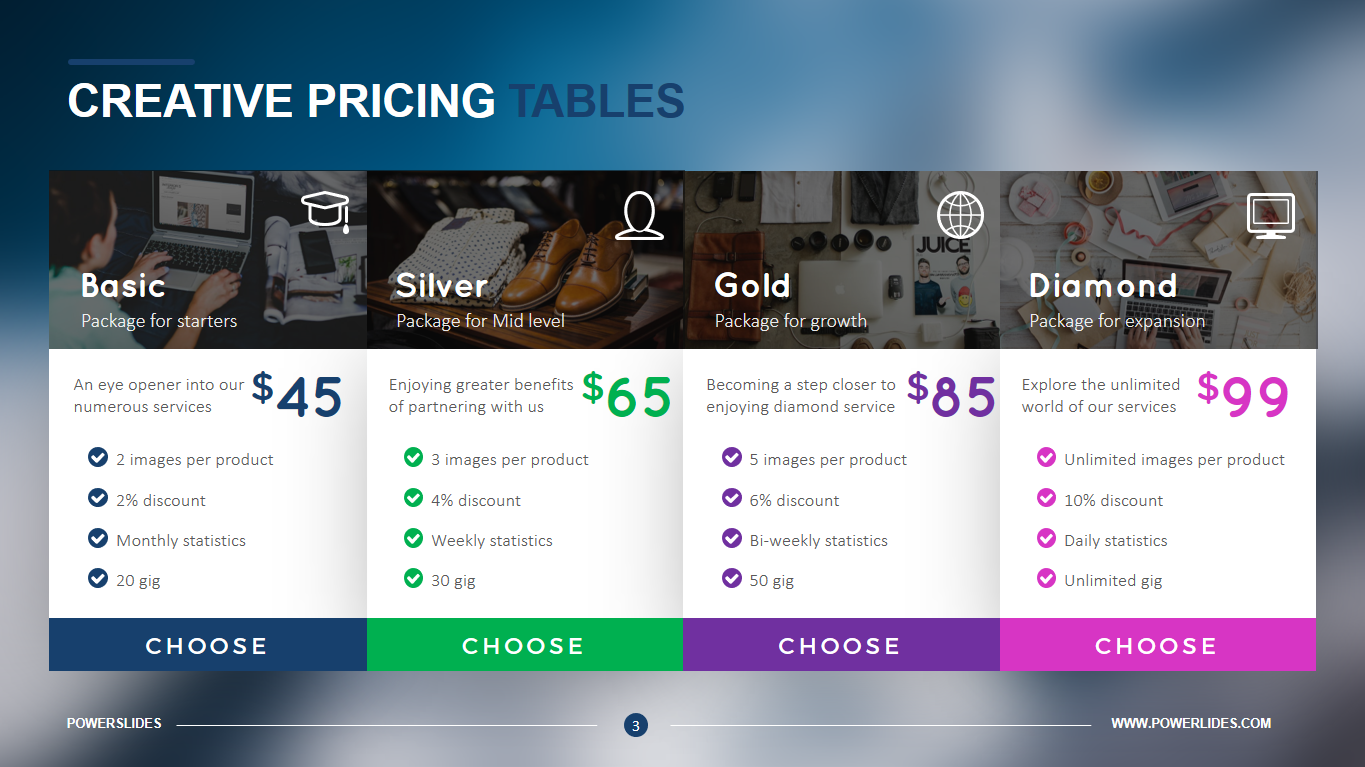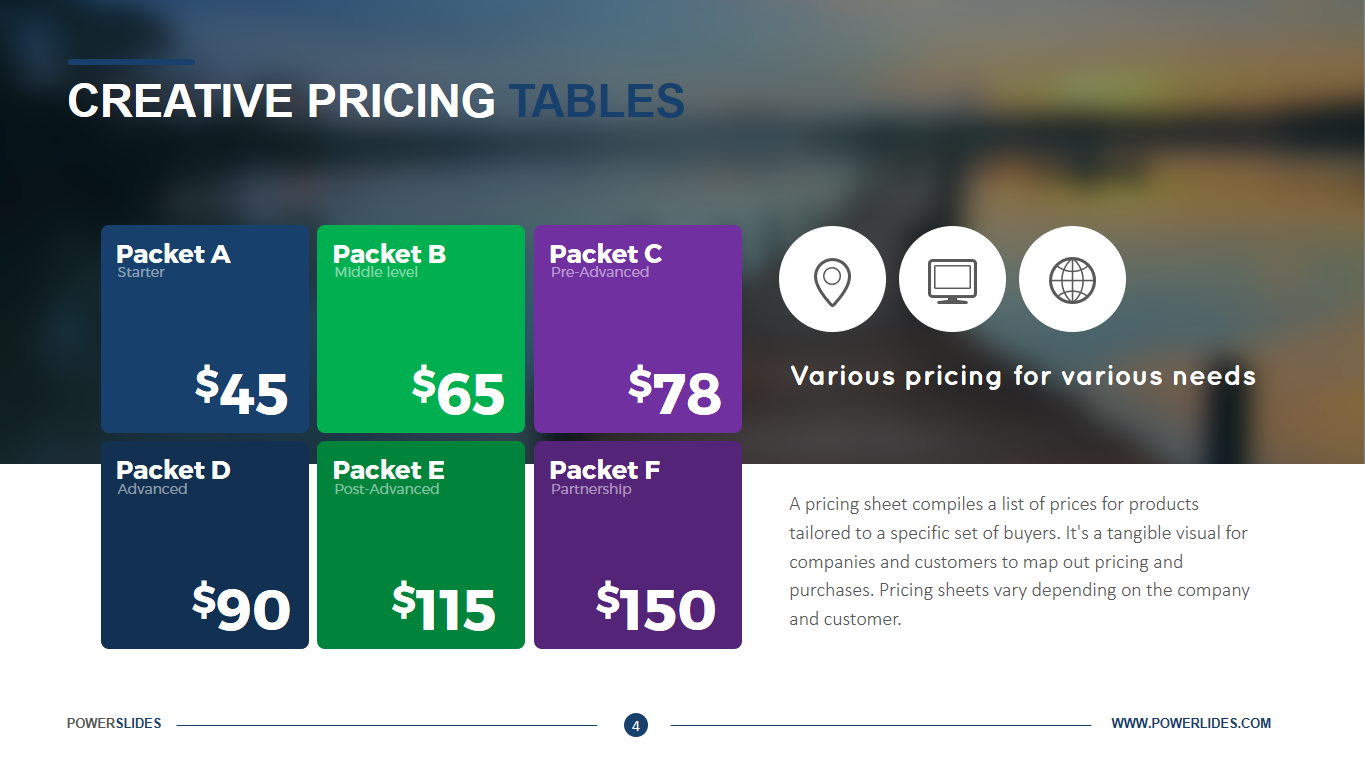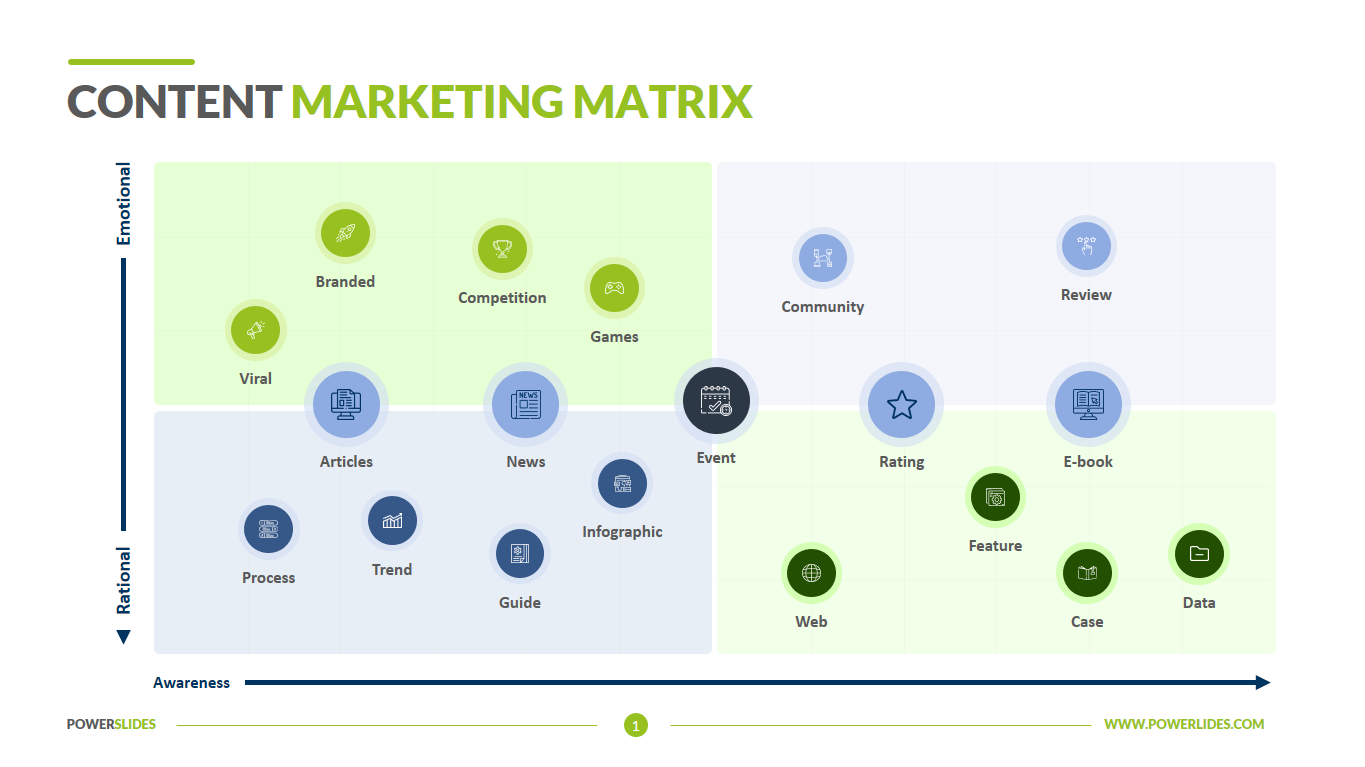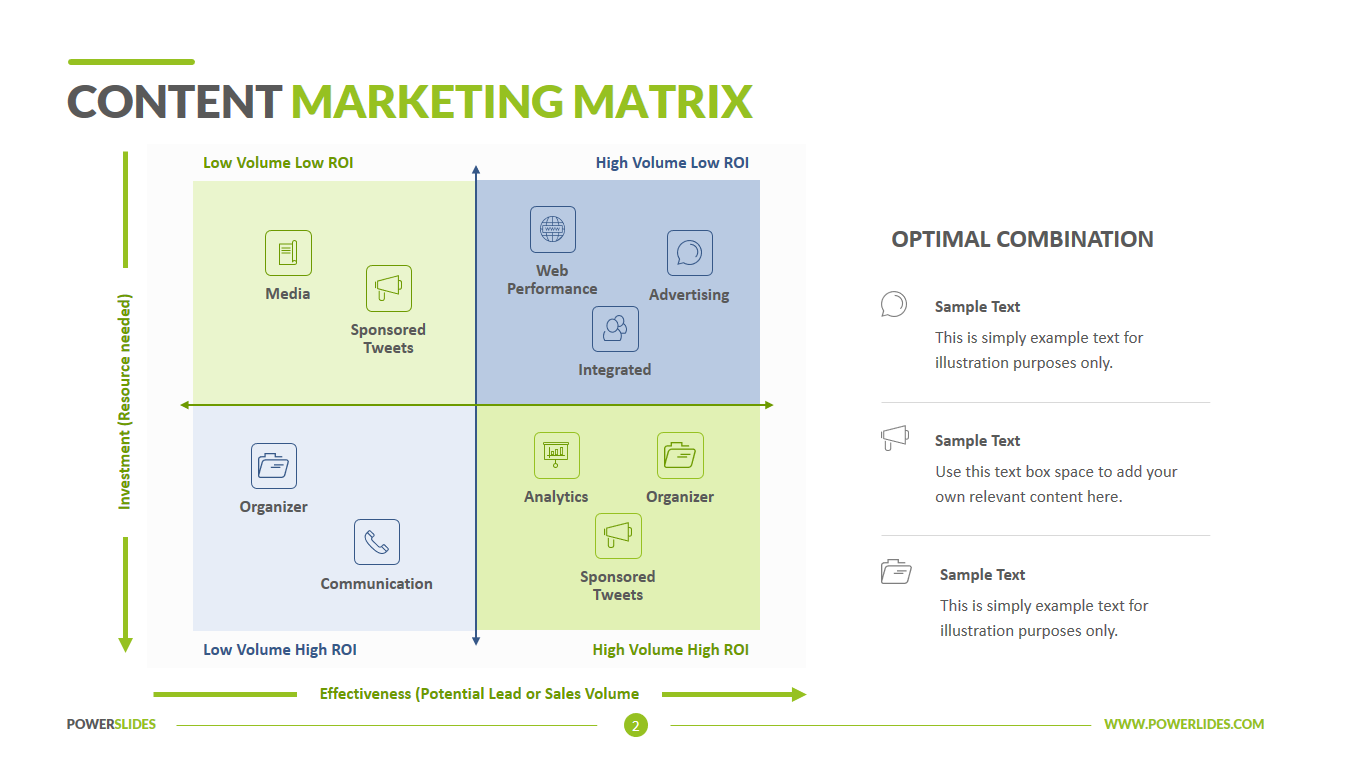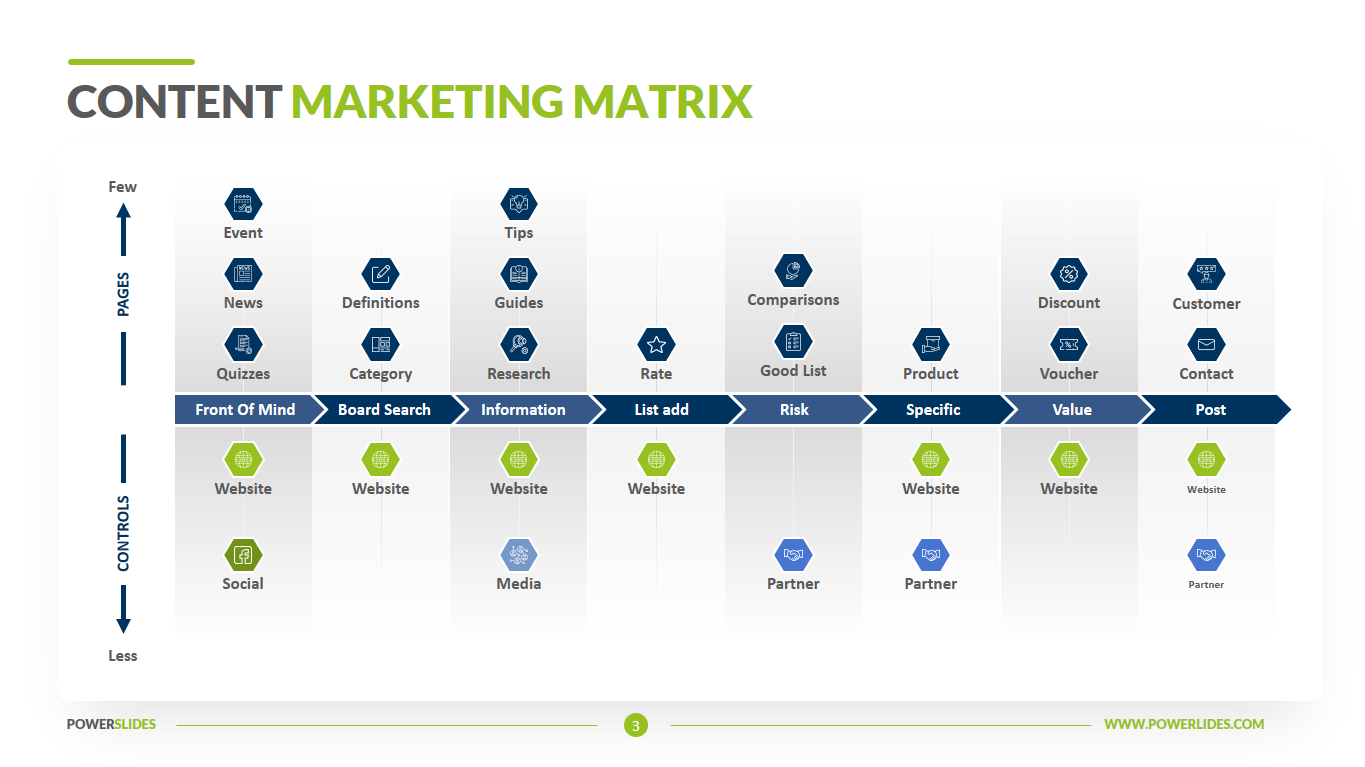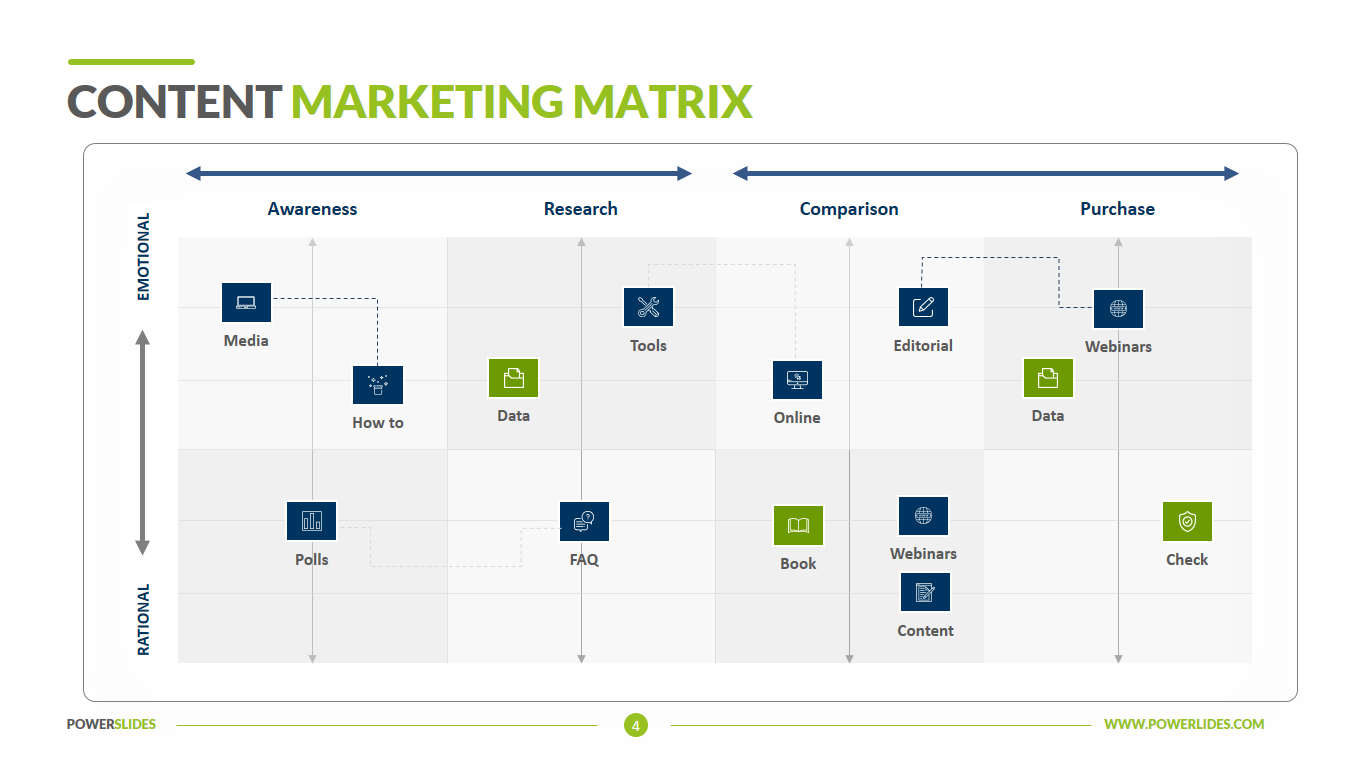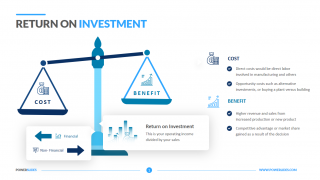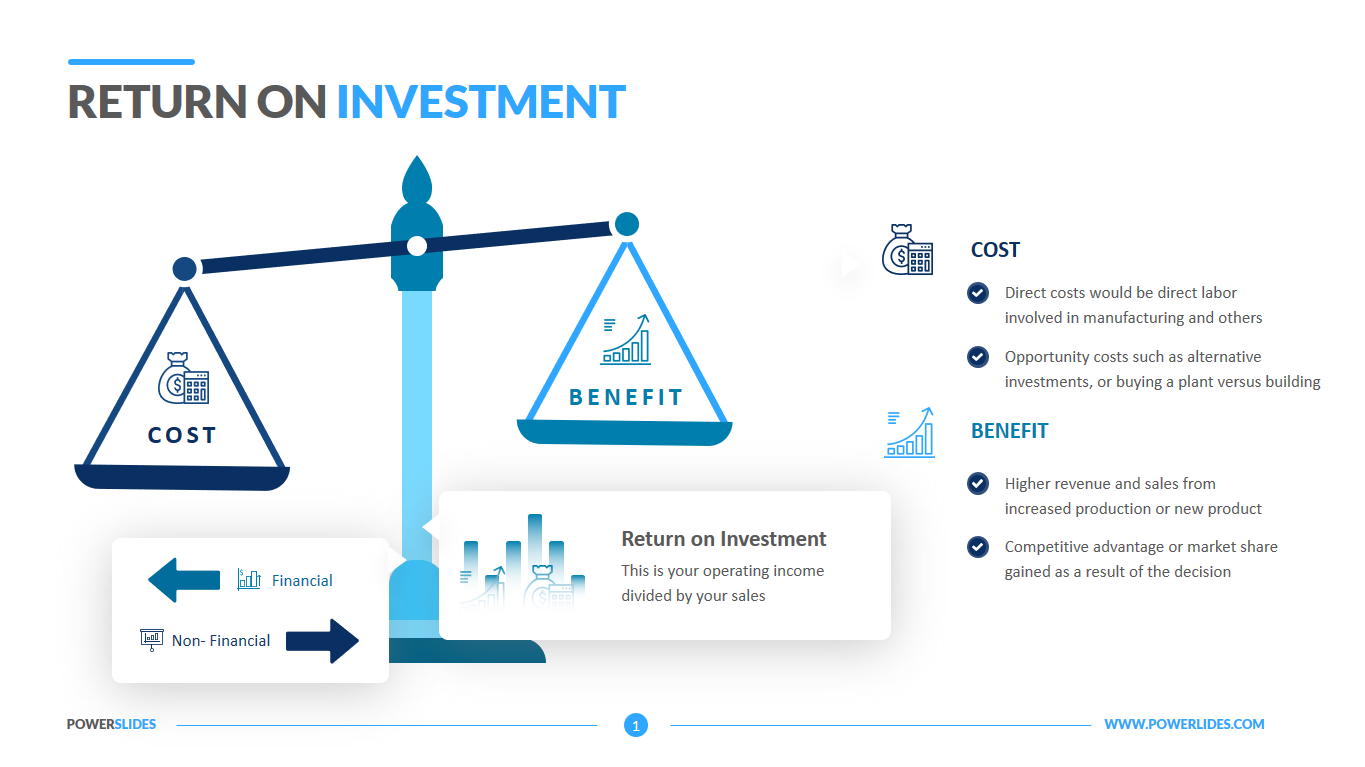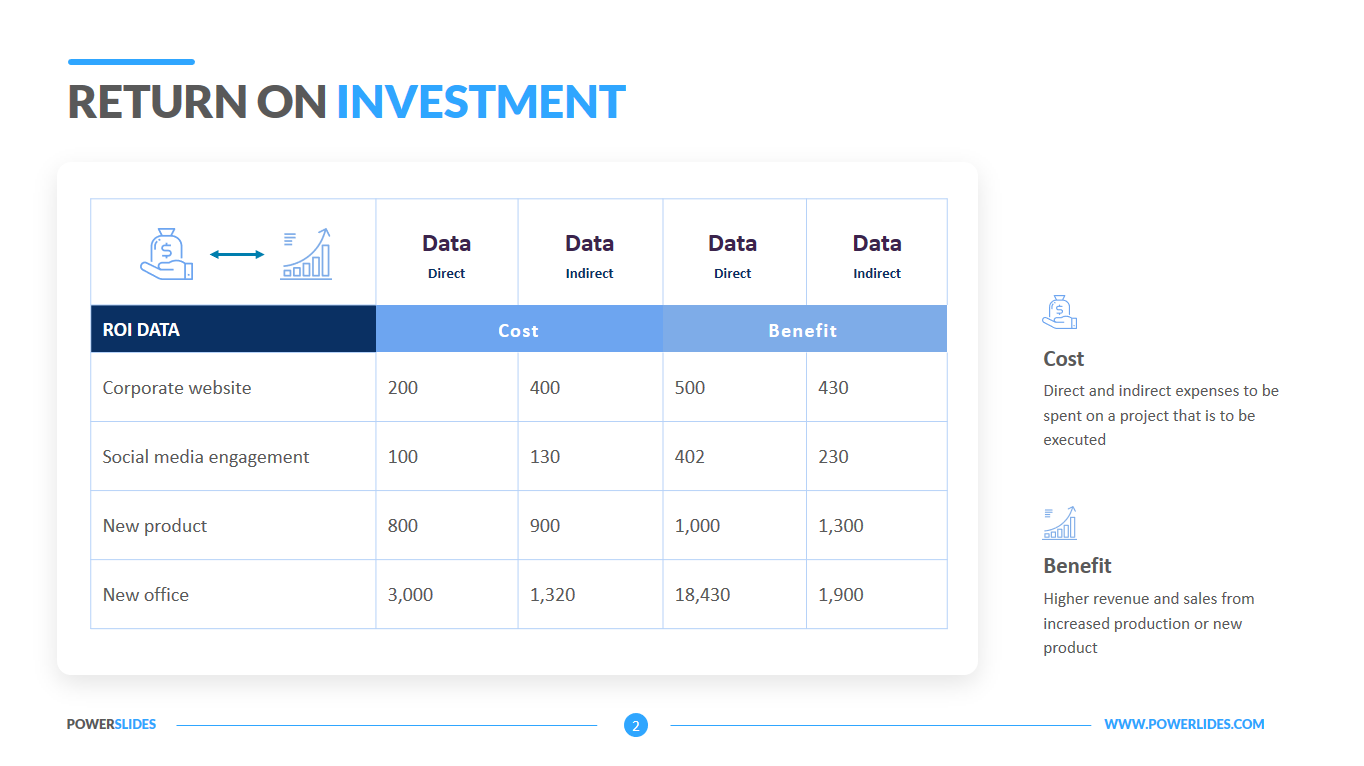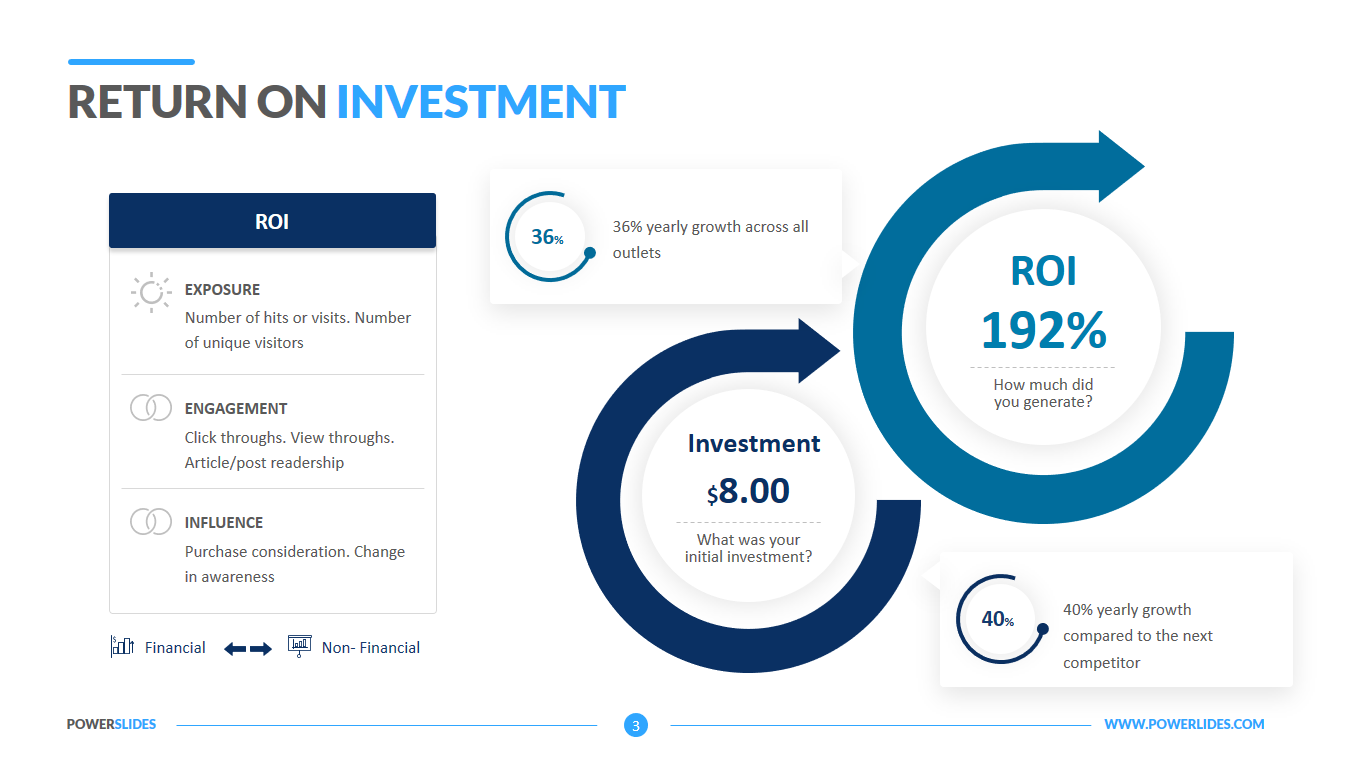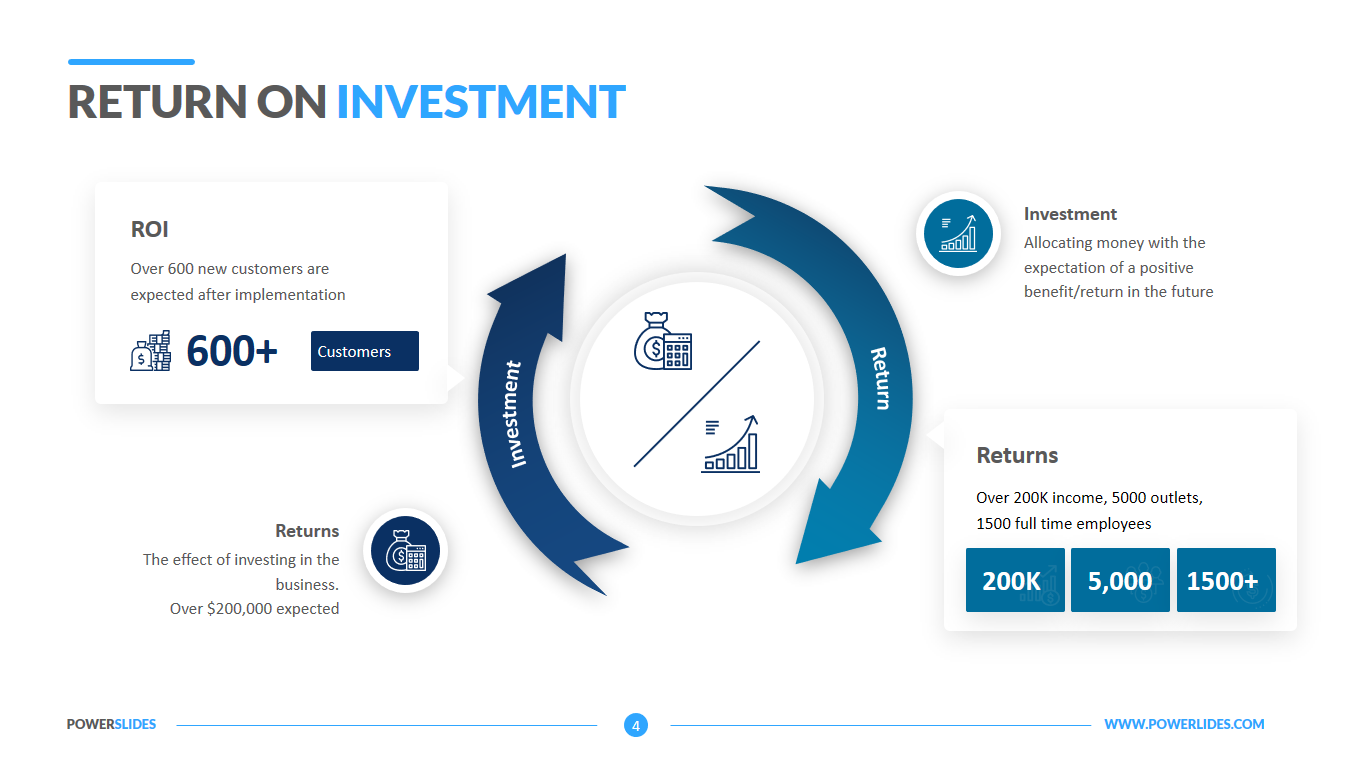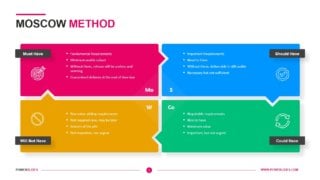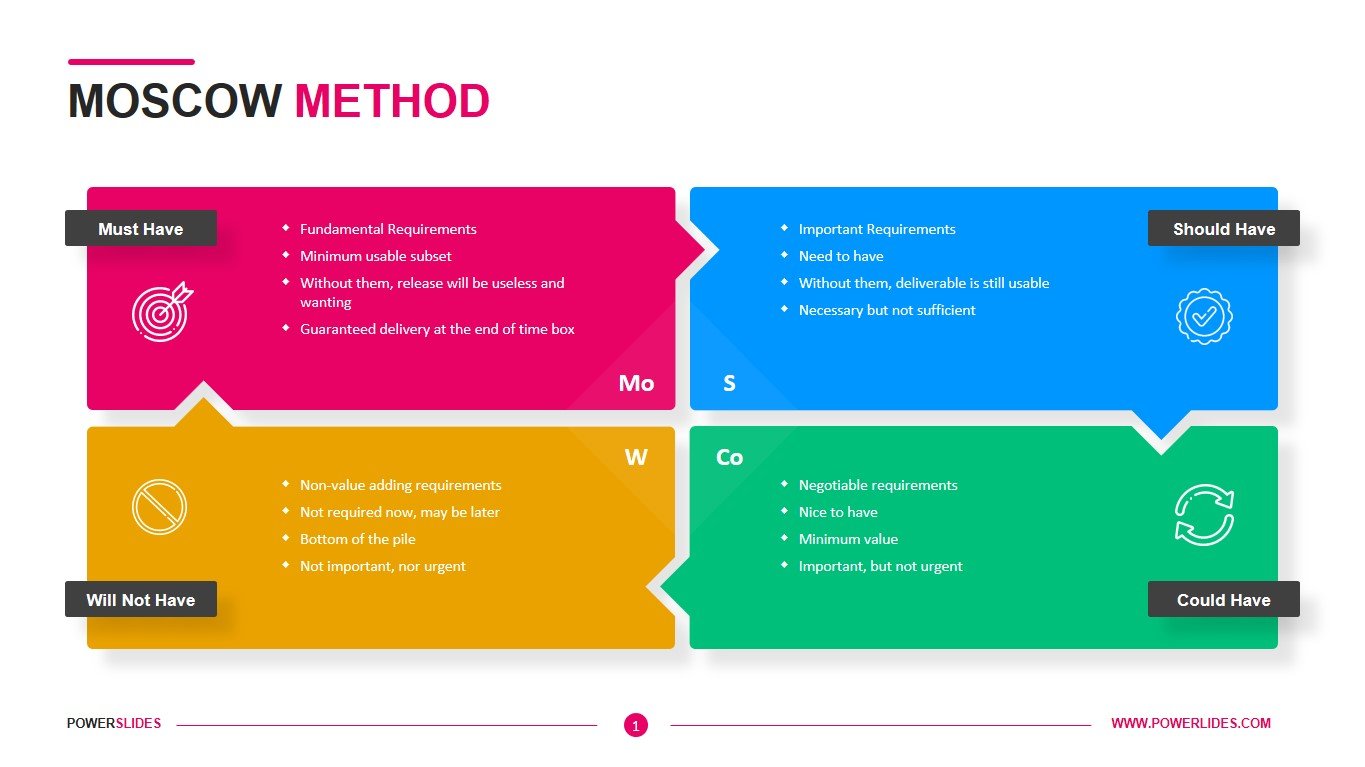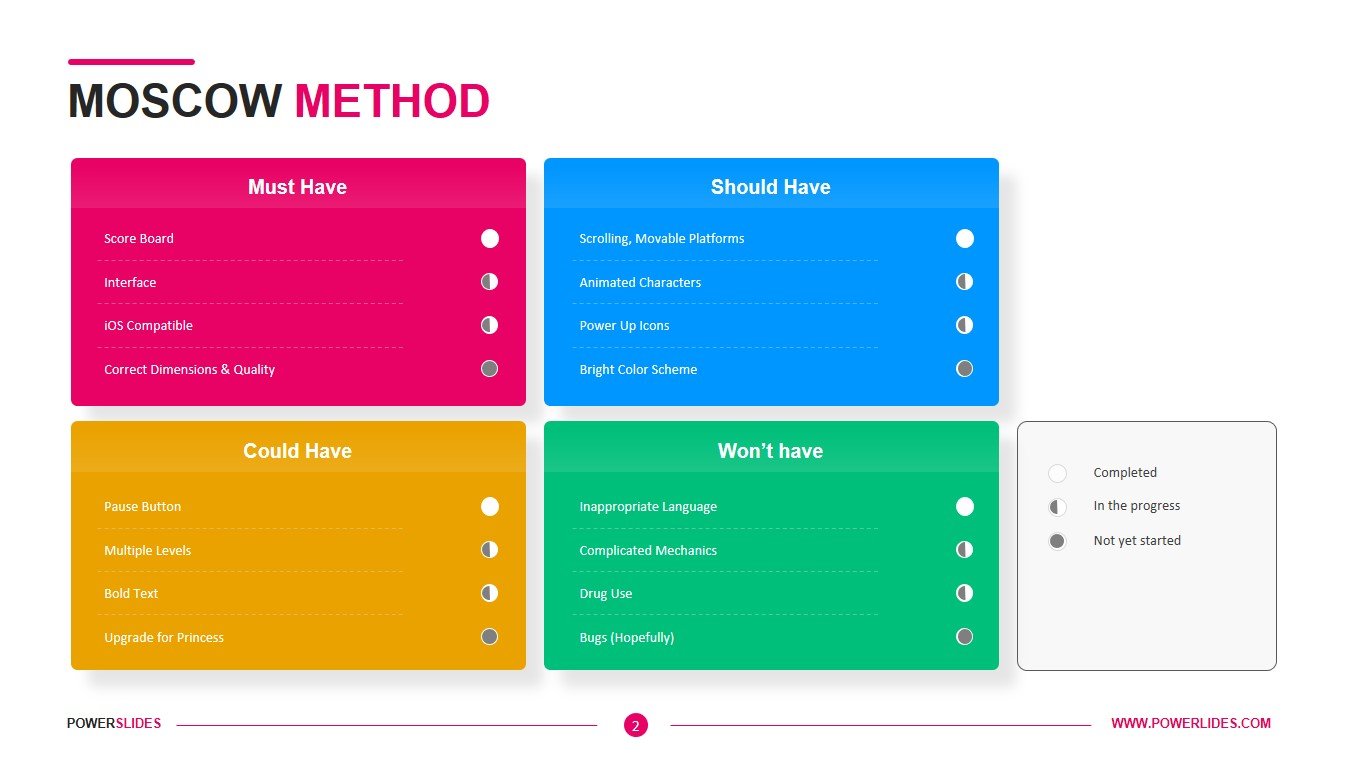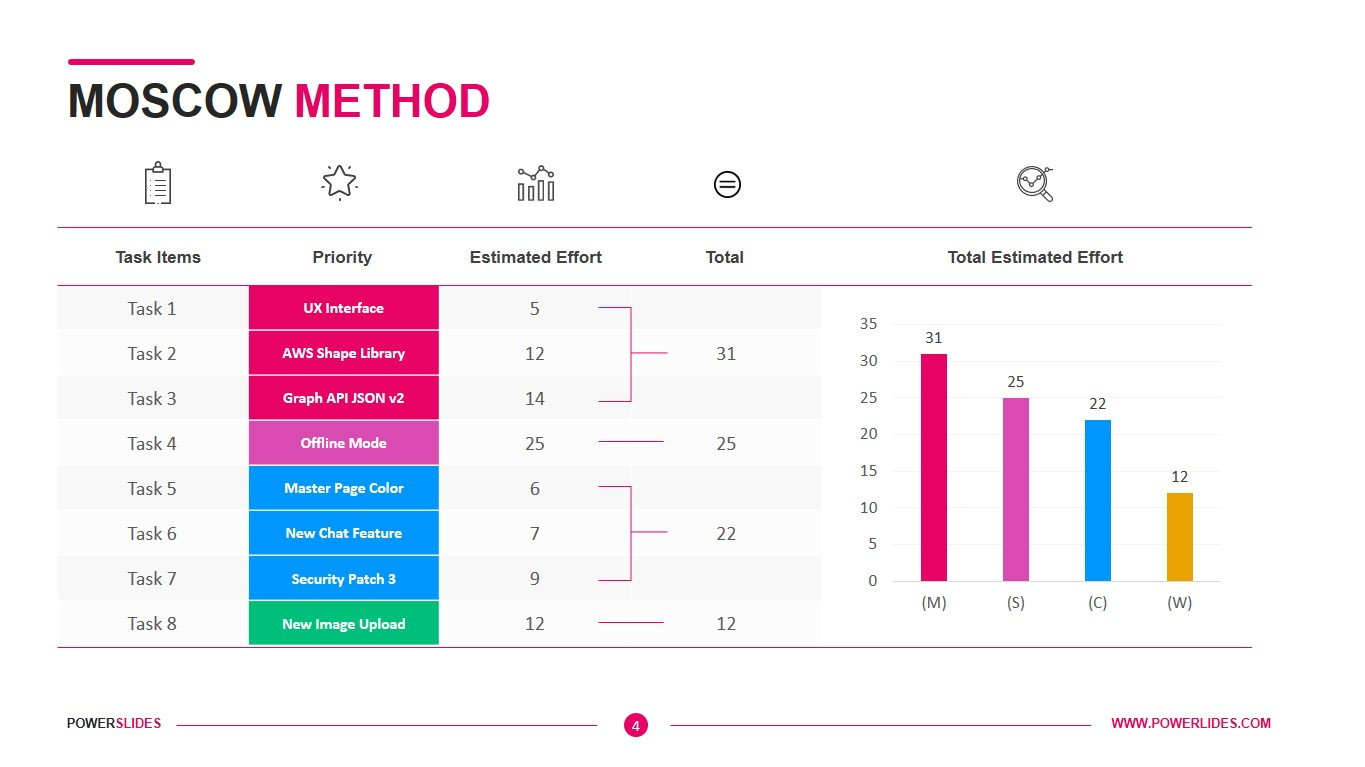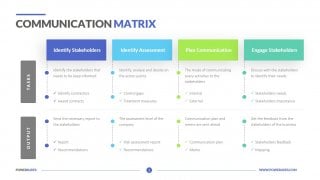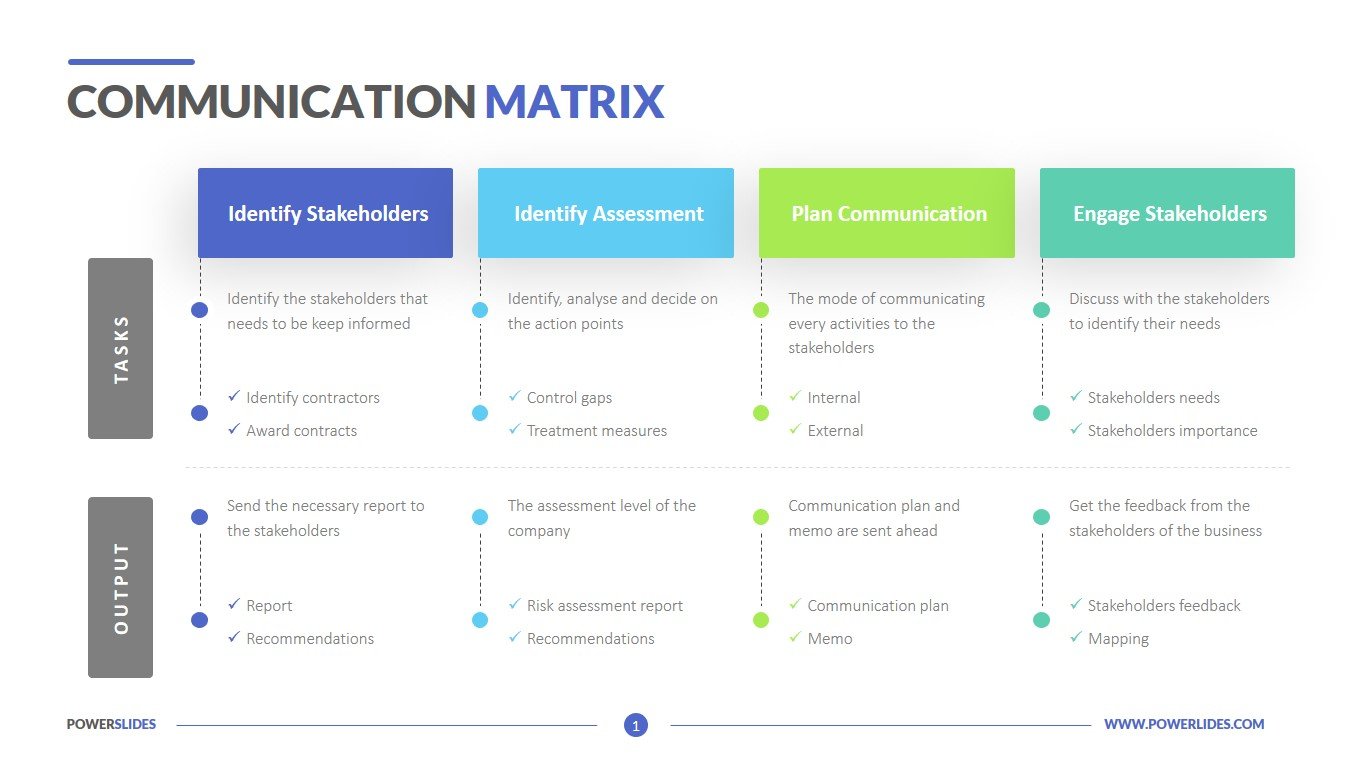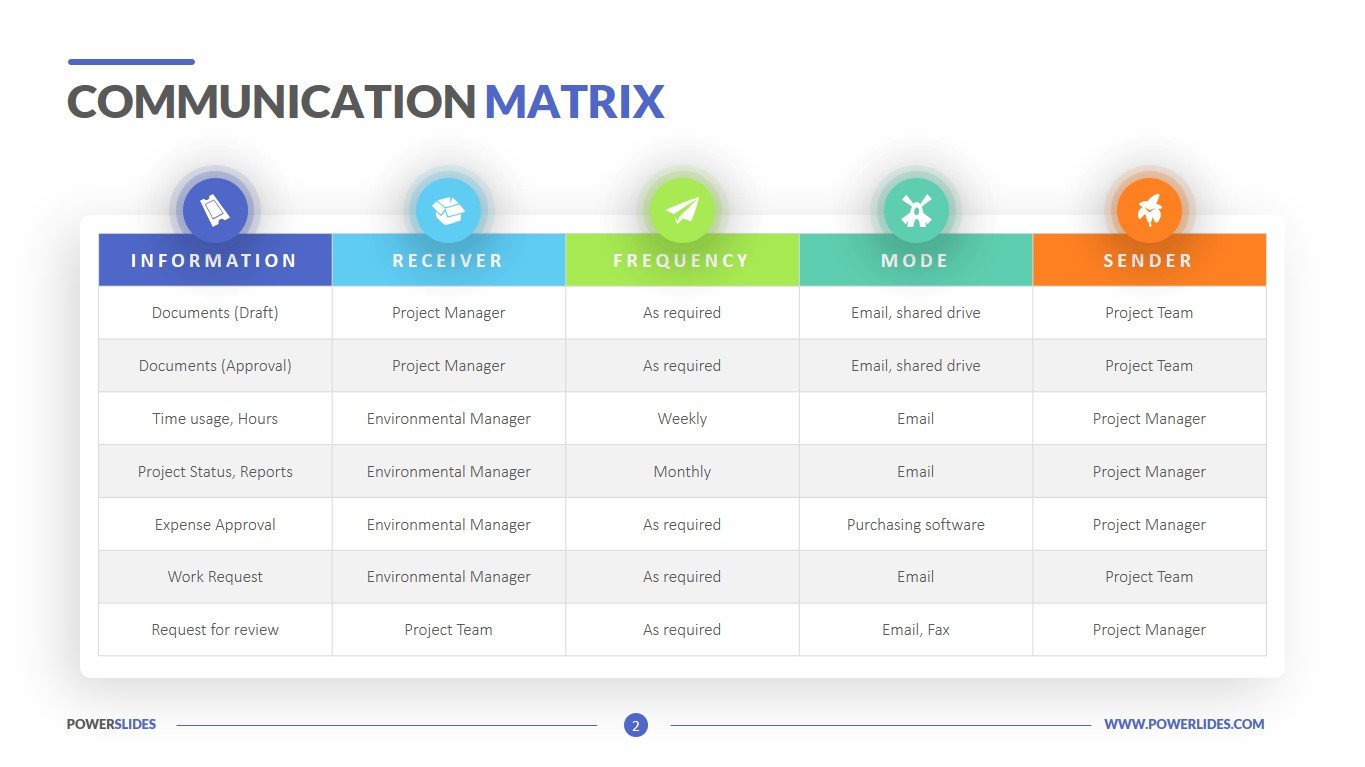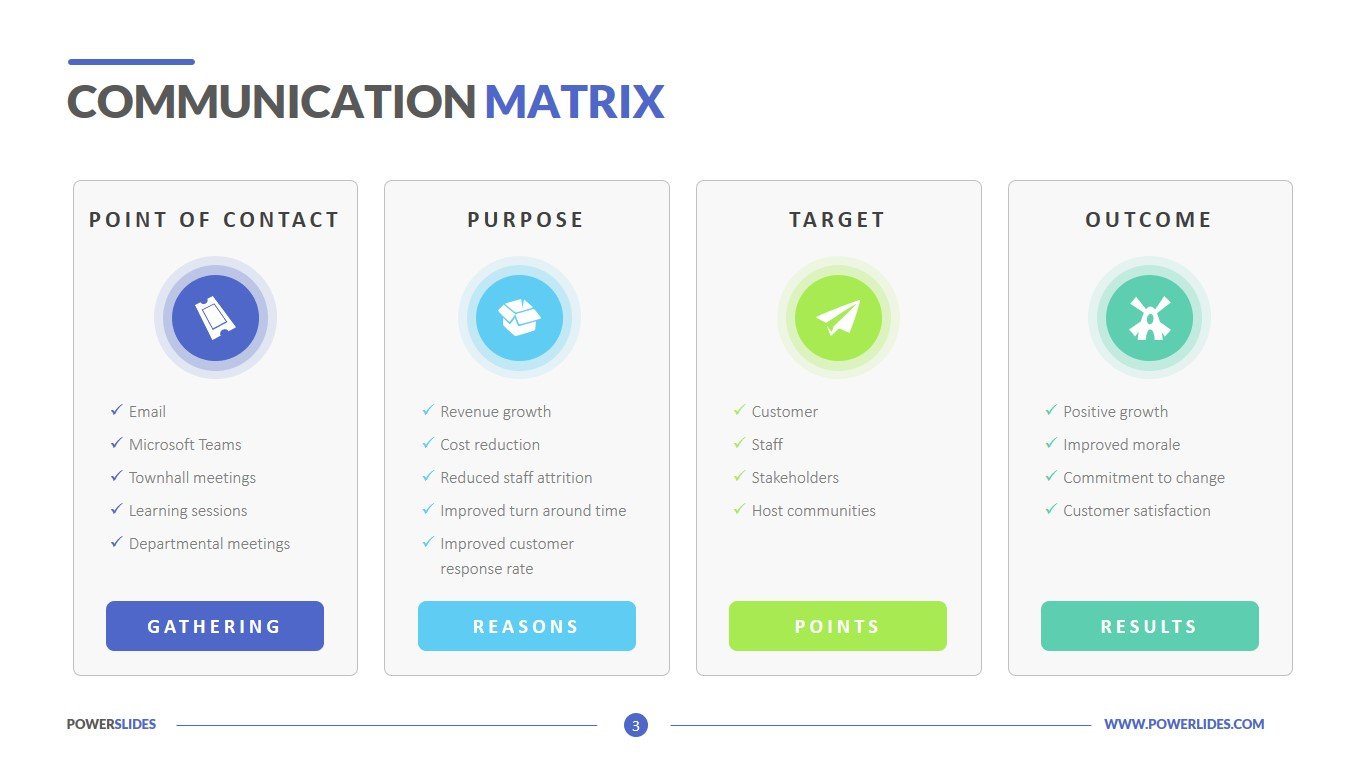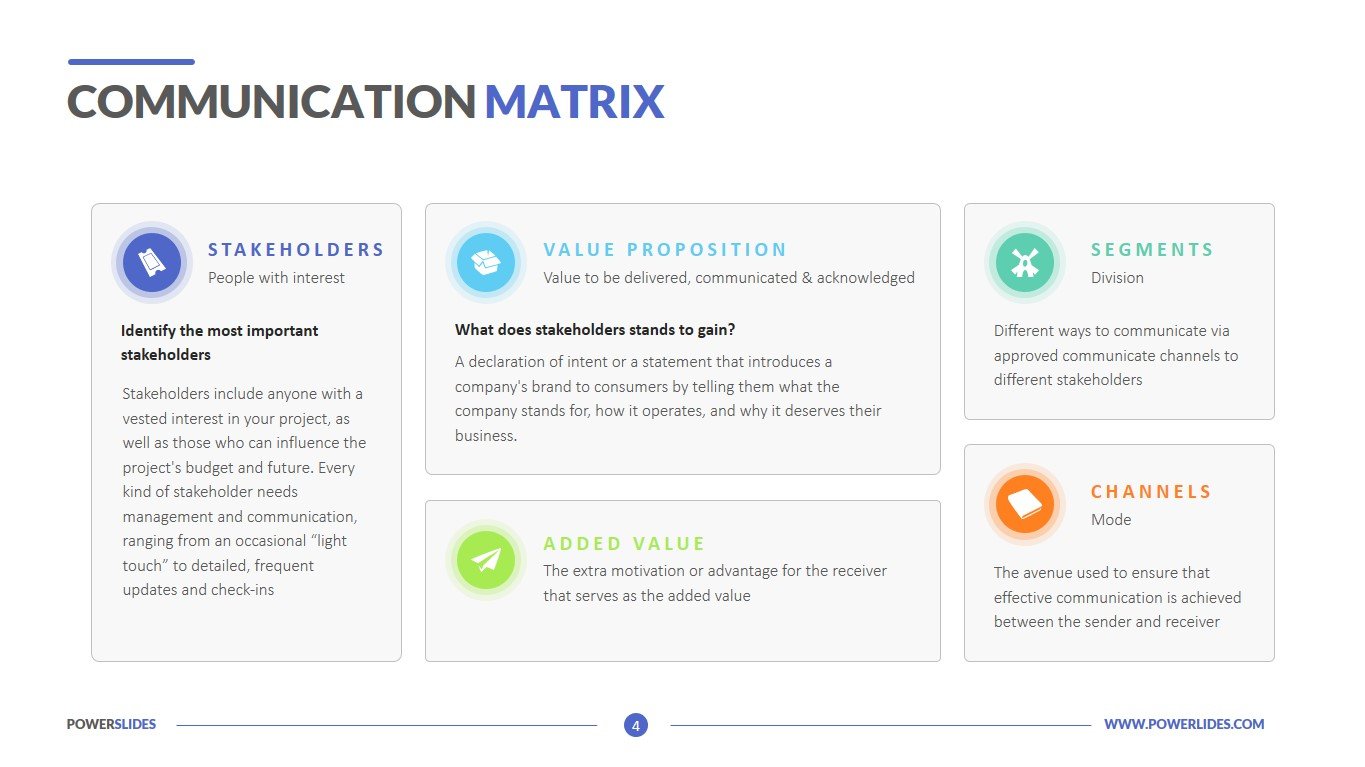Agile Marketing vs Traditional Marketing
 6 Slides
6 Slides
 File size: 16:9
File size: 16:9 
 Fonts: Lato Black, Calibri
Fonts: Lato Black, Calibri
 Supported version
PPT 2010, PPT 2013, PPT 2016
Supported version
PPT 2010, PPT 2013, PPT 2016
Product details
At its core, Agile marketing is a tactical marketing approach in which teams identify and focus their collective efforts on high value projects, complete those projects cooperatively, measure their impact, and then continuously and incrementally improve the results over time. Agile marketing teams use sprints (short, finite periods of intensive work) to complete those projects cooperatively. After each sprint, they measure the impact of the projects and then continuously and incrementally improve the results over time. Agile teams may also determine that a project was not valuable and should not be repeated, but this is still considered a success. Agile marketing embraces failure so long as it comes with lessons and produces future potentially powerful projects.
Here are the main differences between traditional marketing and Agile marketing. Traditional marketing focuses on the producer. The four P’s (Price, Place, Promotion, Product) are inward focusing levers, focused on the things that the producer can control. Traditional marketing focuses on the producer’s sales cycle; Agile Marketing focuses on the customer’s buying process. Traditional marketing thinks there is a uni-directional sales funnel, and that all customer’s progress down that funnel. Agile Marketing believes that customers are less predictable, and progress towards a buying decision in various unique ways, not always moving neatly down a sales funnel.
Agile Marketing vs Traditional Marketing template consists of six slides. The slides in this template contain a large number of infographics to make a full comparison of the two types of marketing. This template will be primarily useful for marketers and employees of advertising firms. You can use this template when preparing to meet with a client and present your marketing strategy based on one of the above types. Also, this template can be used by business coaches and university teachers when preparing materials on marketing. The slides in this template allow you to compare up to eight different elements of the two types of marketing. Also, this template can be used by specialists from other fields when preparing a comparative analysis. For example, logistics managers can use this template when preparing analyses of shipping costs for different modes of transport. If necessary, you can independently change the size and colour of infographics and fonts according to your corporate requirements. Also, this template will be useful for specialists of IT companies when developing a marketing strategy for promoting information products. Agile Marketing vs Traditional Marketing template will be a worthy addition to your collection of professional presentations.
Agile marketing takes inspiration from Agile software development. This template is ideal for marketing organizations and freelance marketers who have adopted or are looking to adopt Agile methodologies. This template provides a high-level overview of traditional marketing and Agile marketing. For audiences who are unfamiliar with the two schools of thought, this is the ideal presentation to provide a simple comparison.
This PowerPoint template starts with an in-depth analysis of processes related to conventional marketing and Agile marketing. It visually summarizes Agile marketers’ ability to work under shorter marketing cycles and respond to change. The following slides focus on key components of Agile marketing, which include: customer-driven mindsets, flexibility and iterative processes. The slides outline each stage of the cycle, which include: planning, launching and measuring the marketing program and adjusting it according to any insights gathered. For marketers who use Agile methodologies, you can showcase the benefits of shorter campaign cycles, ROI and use cases with this presentation.





